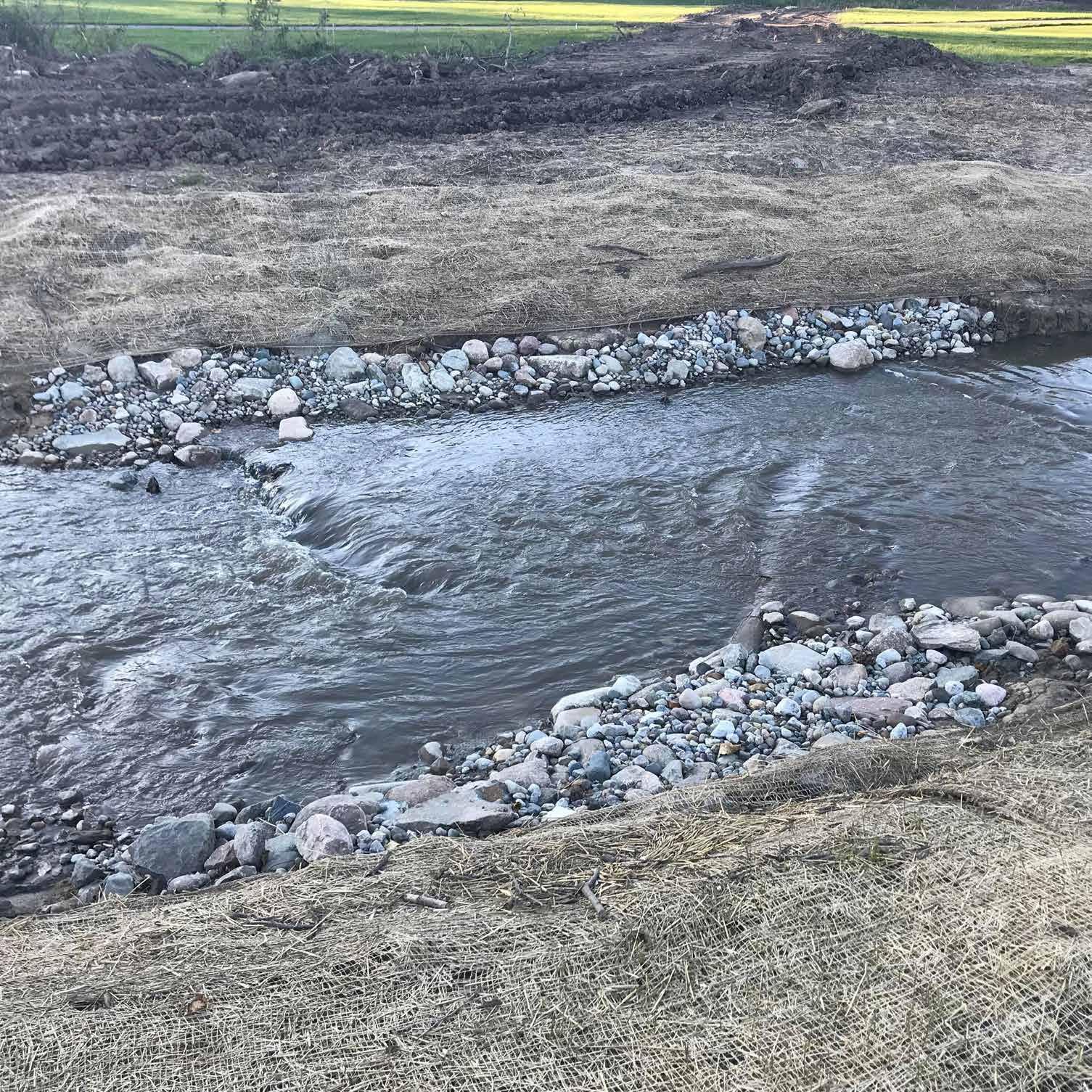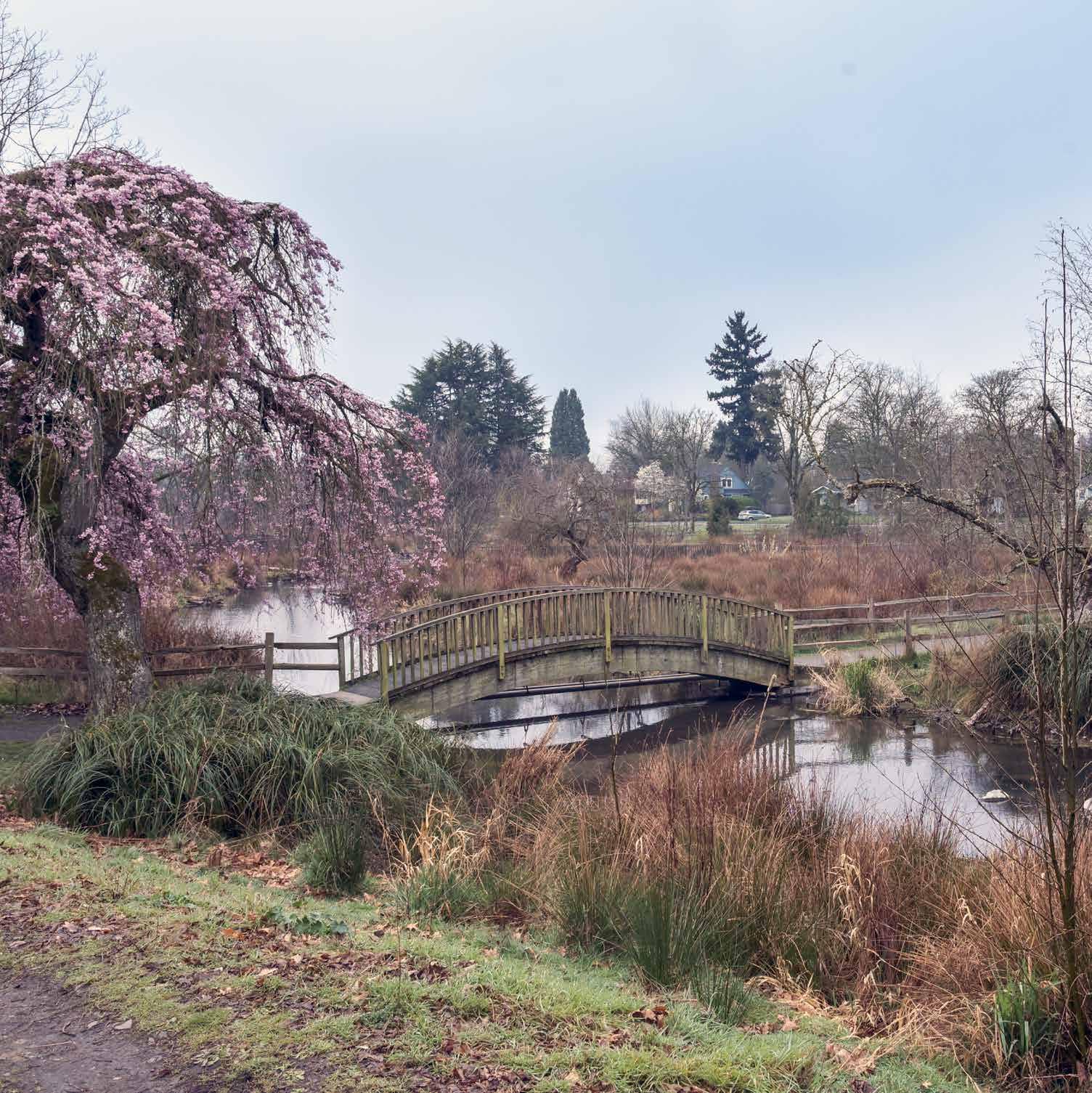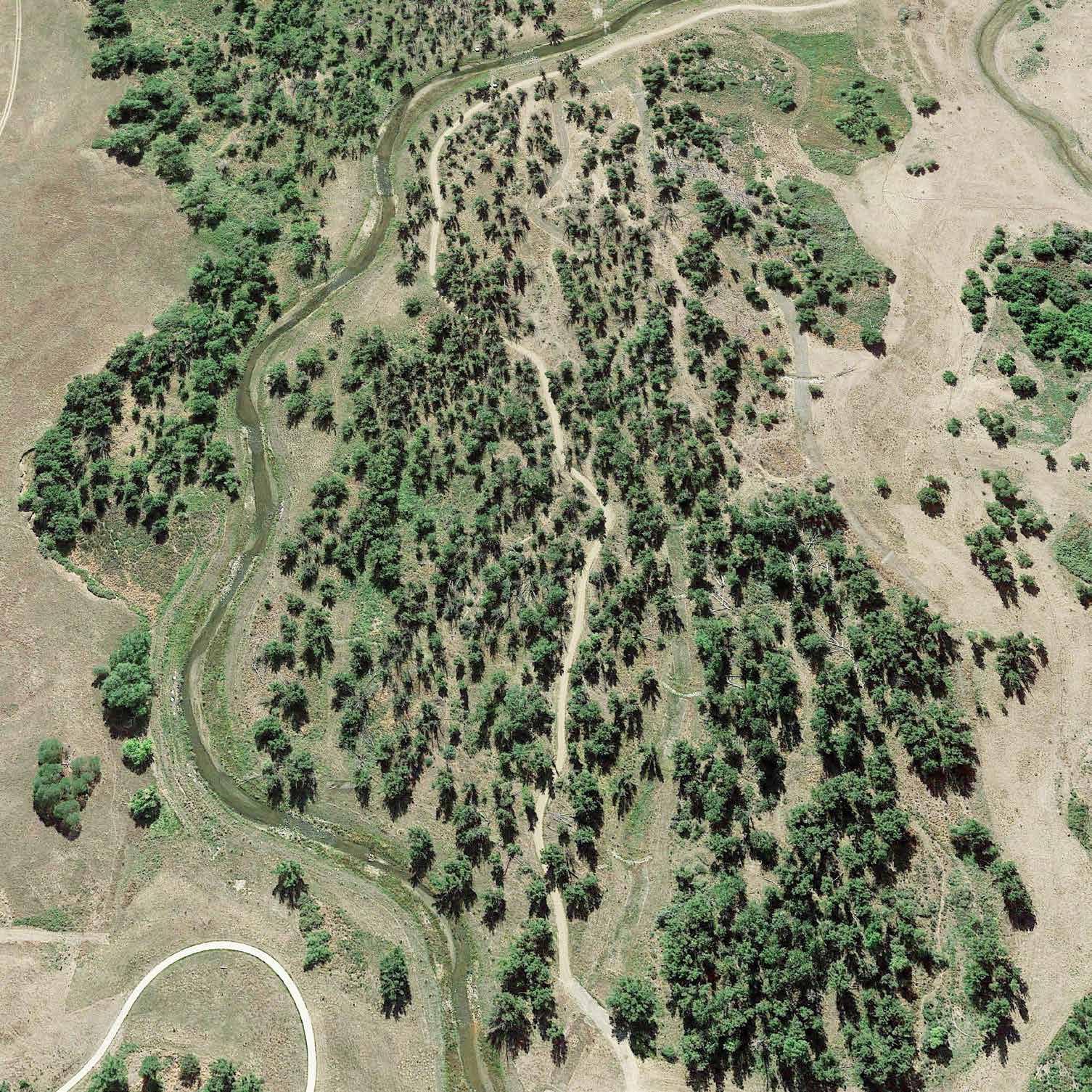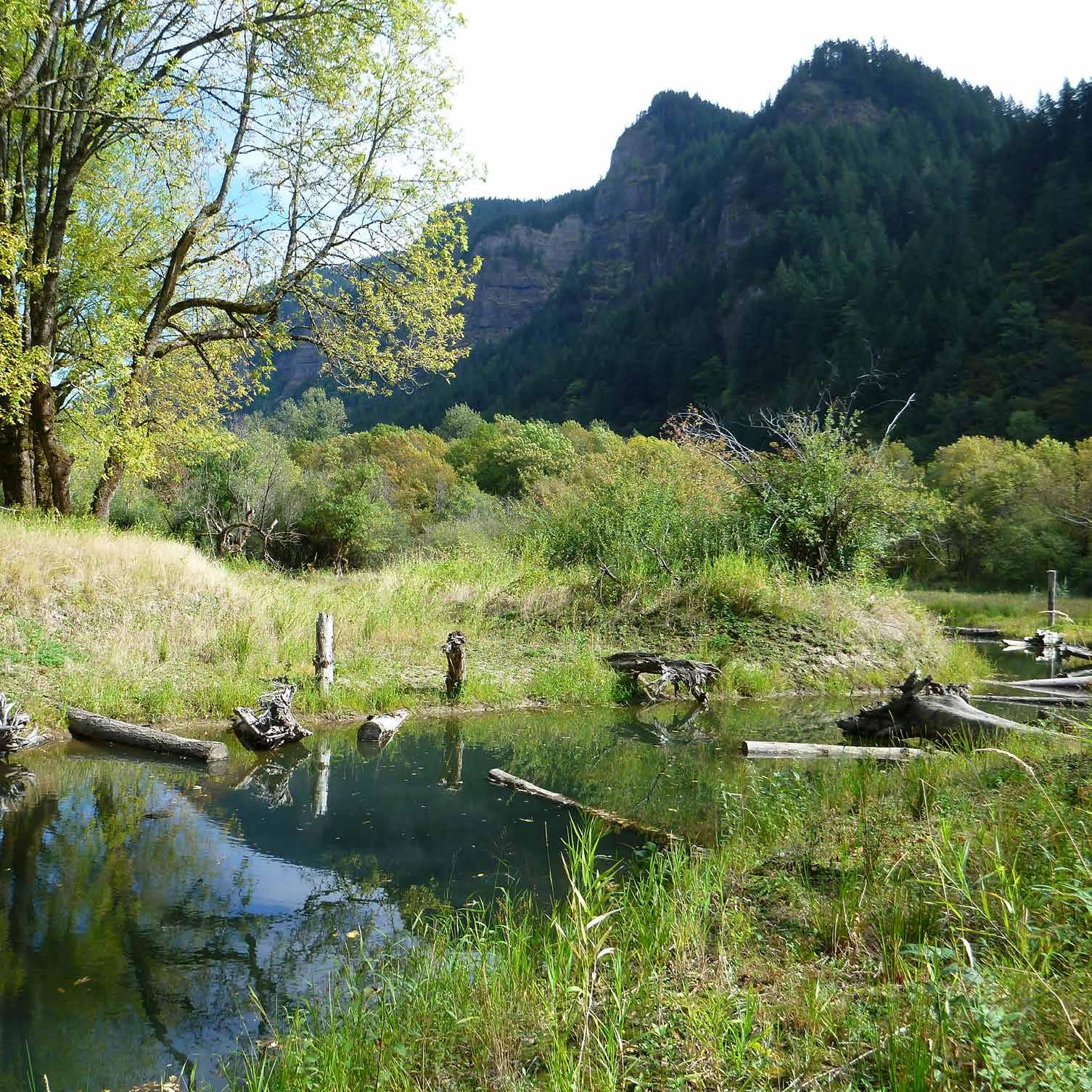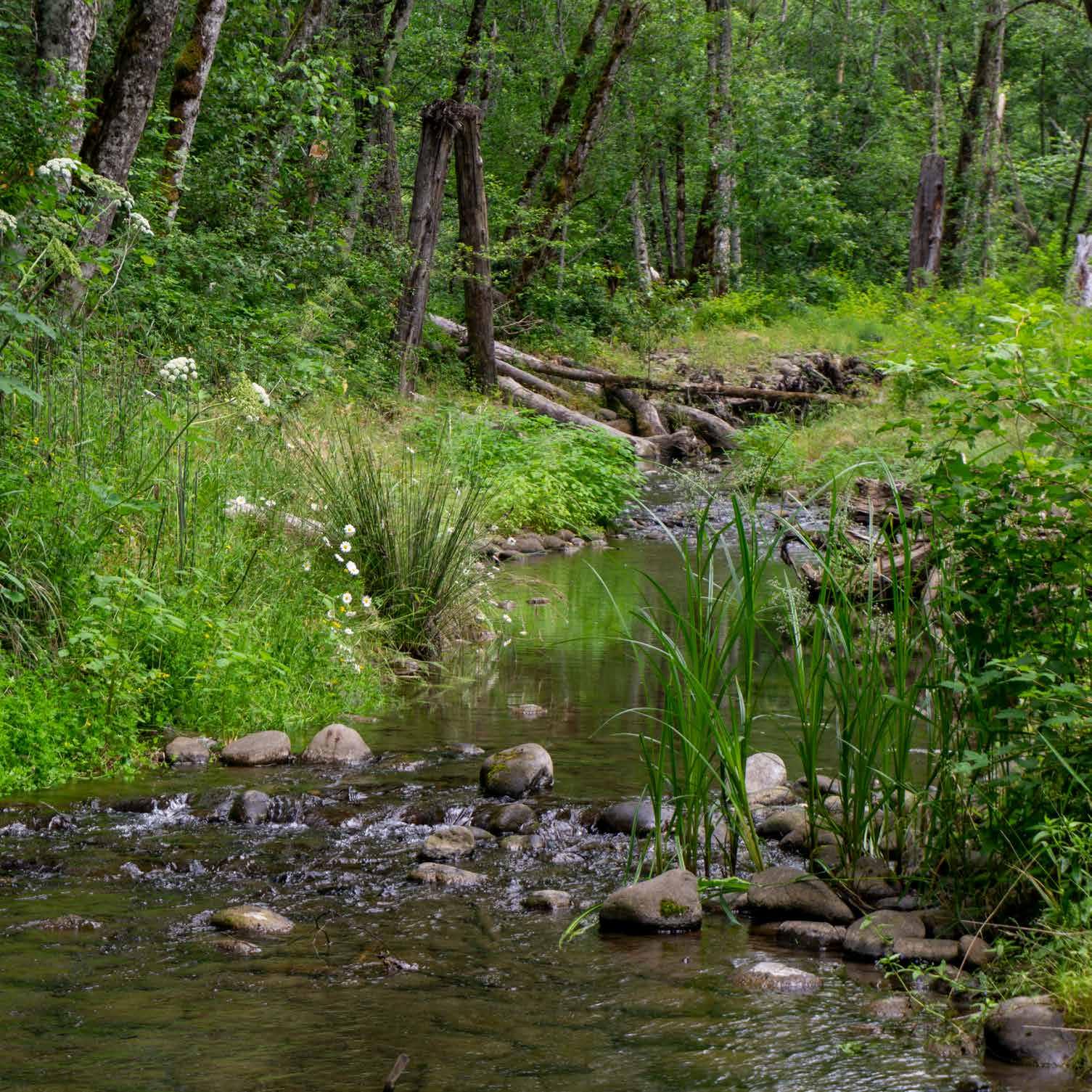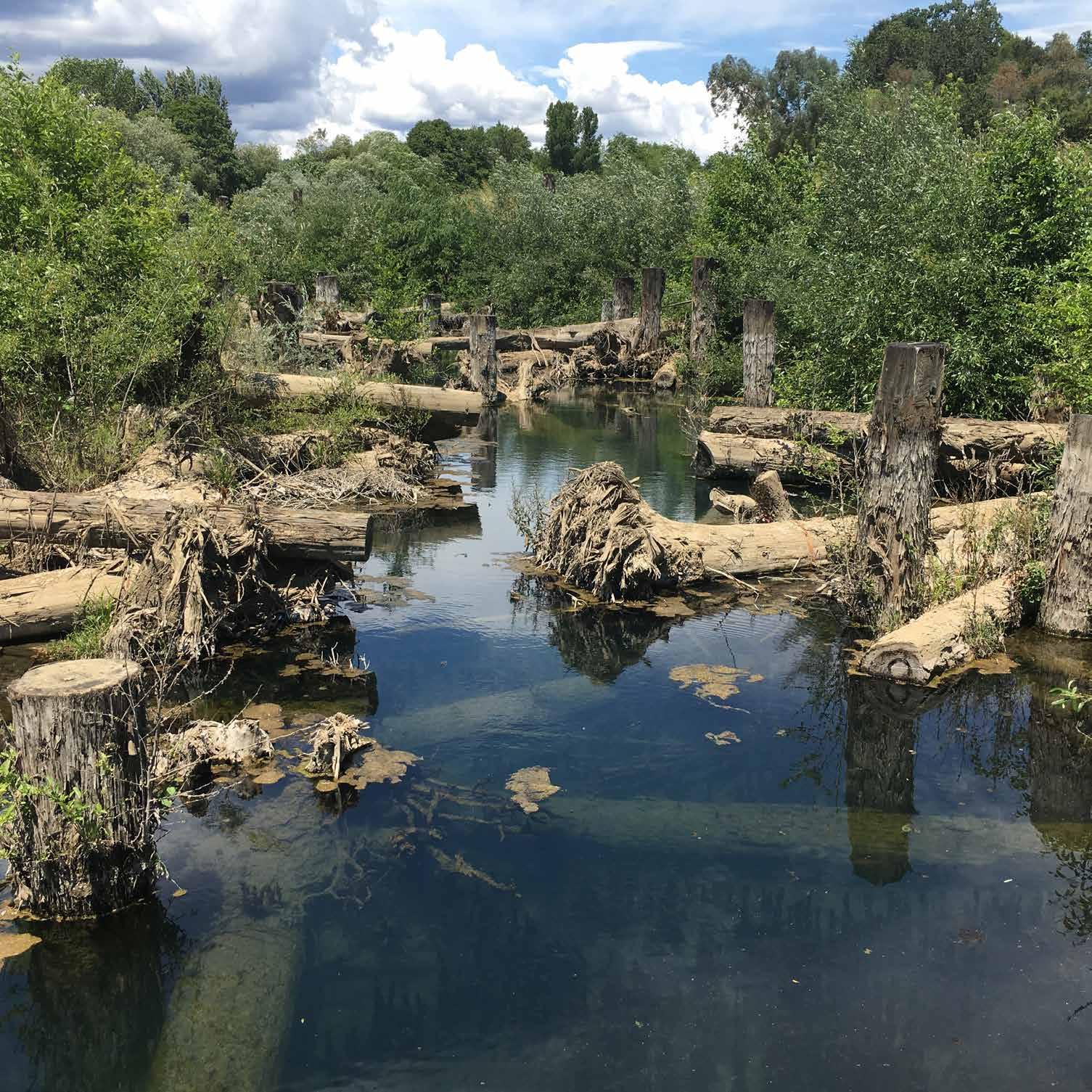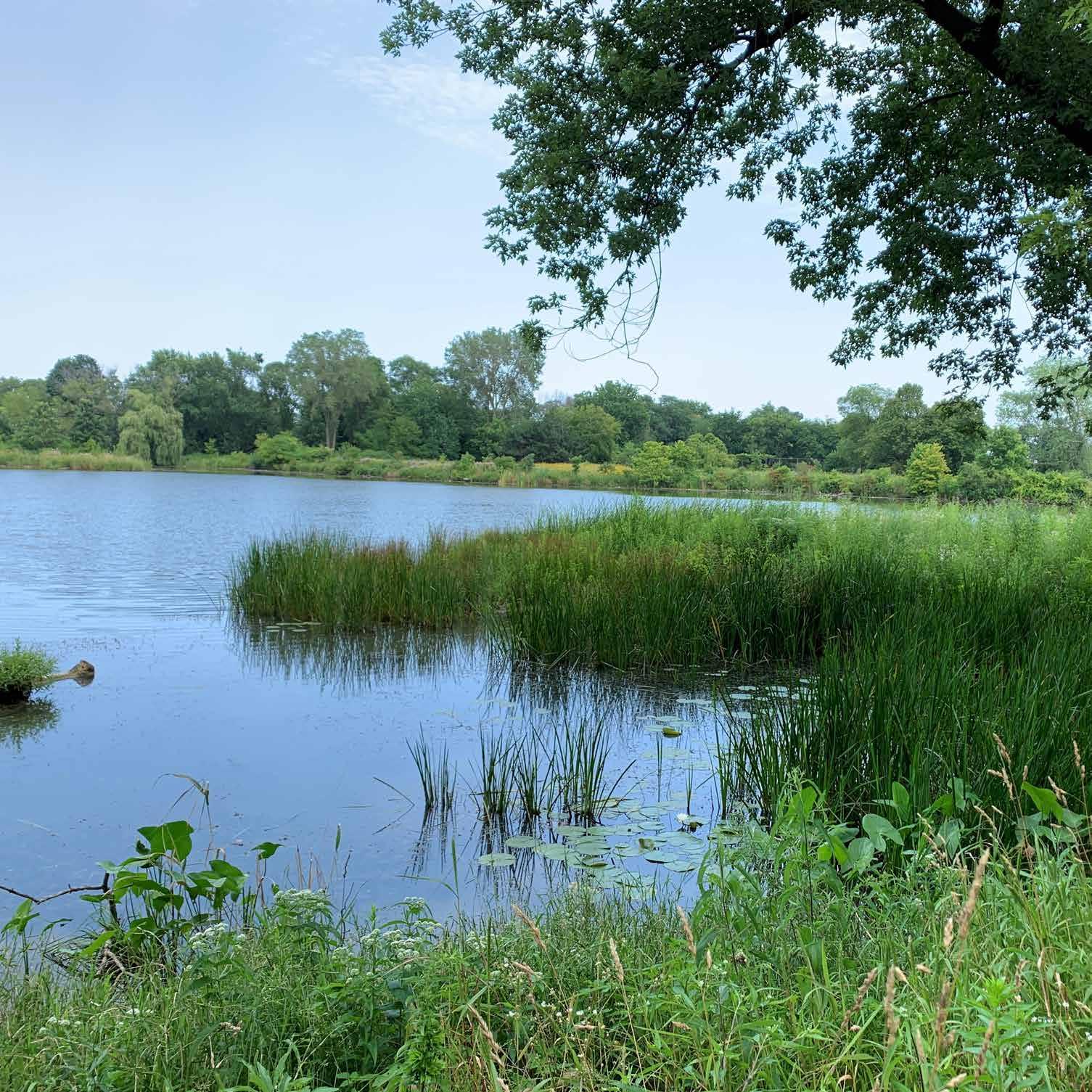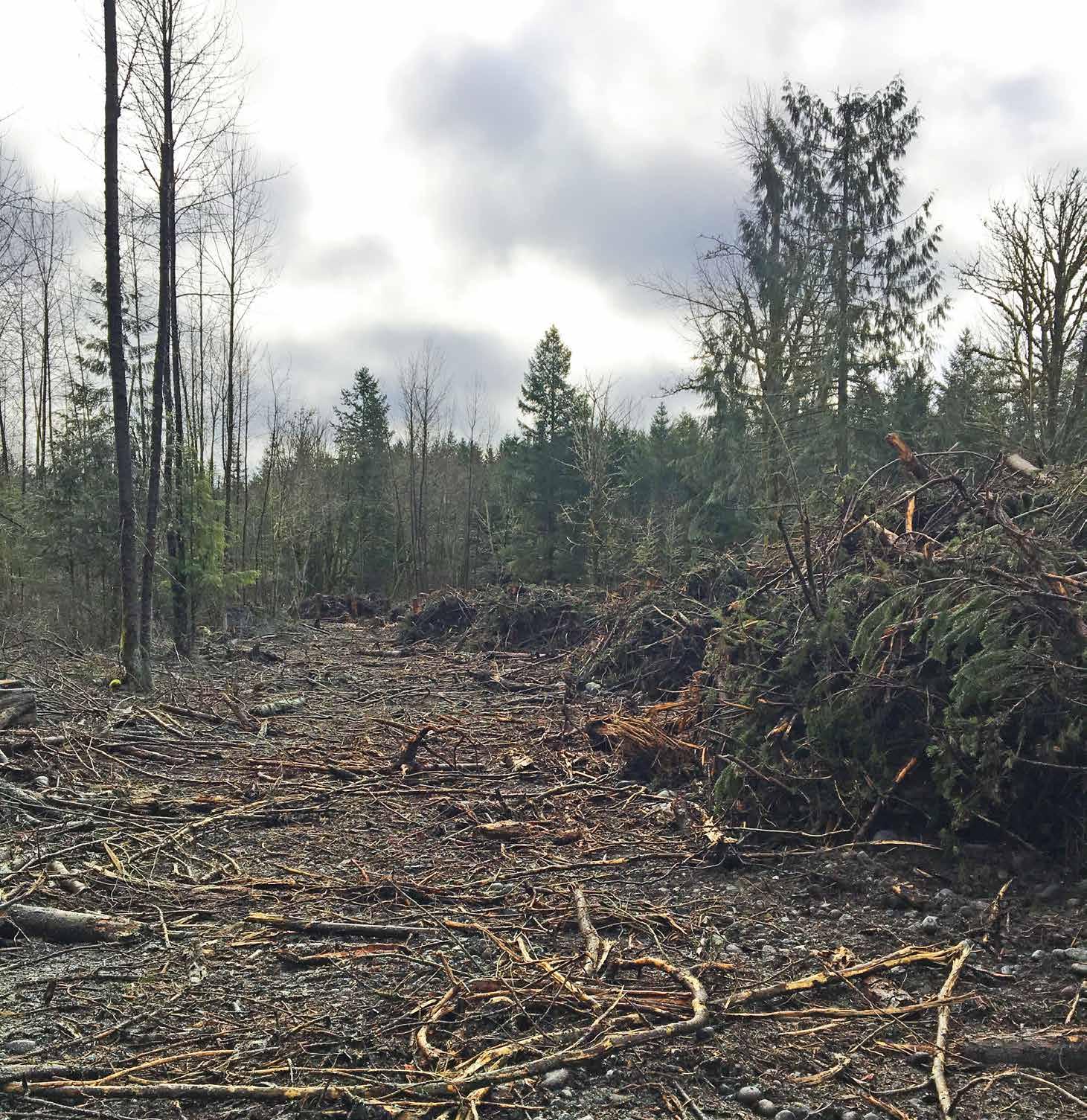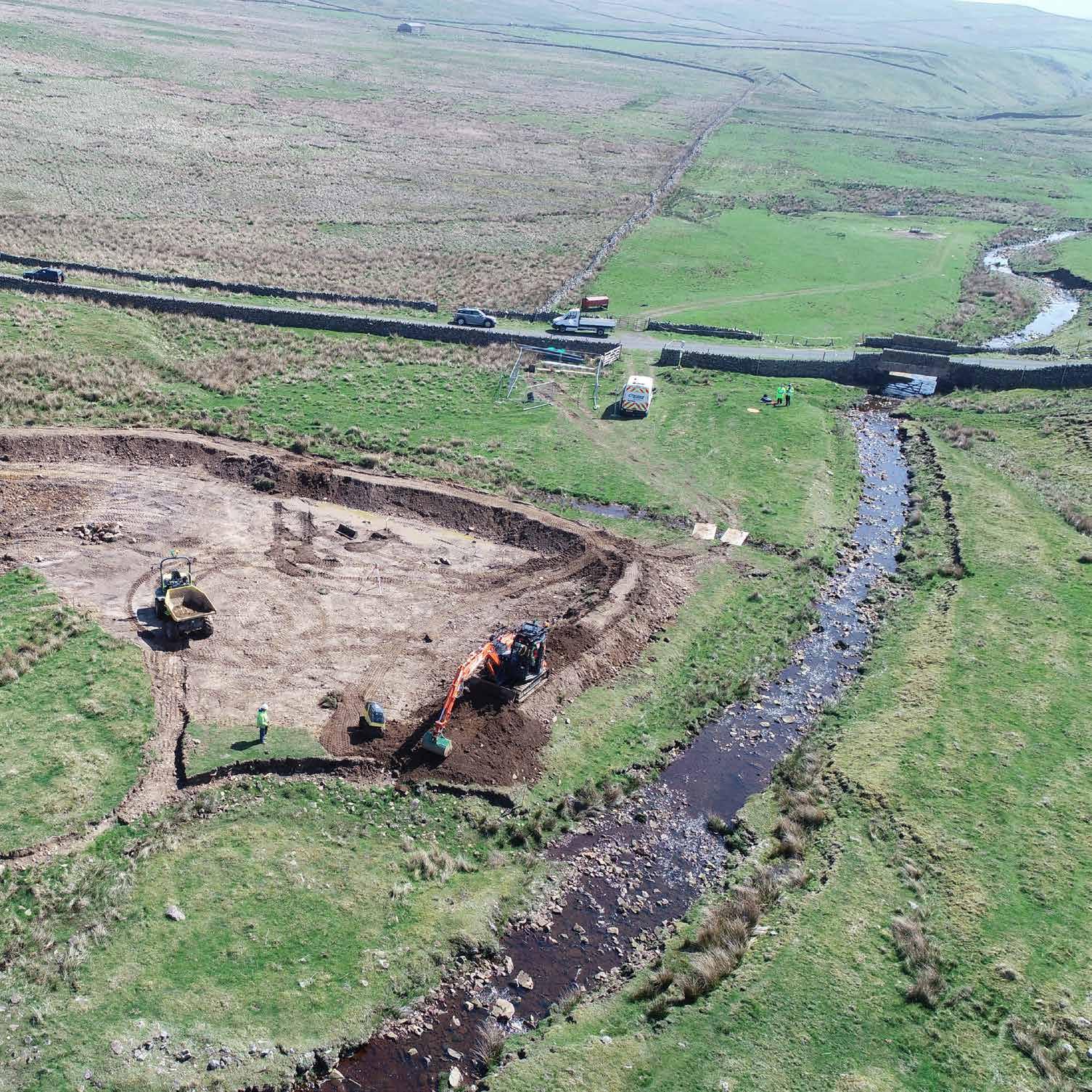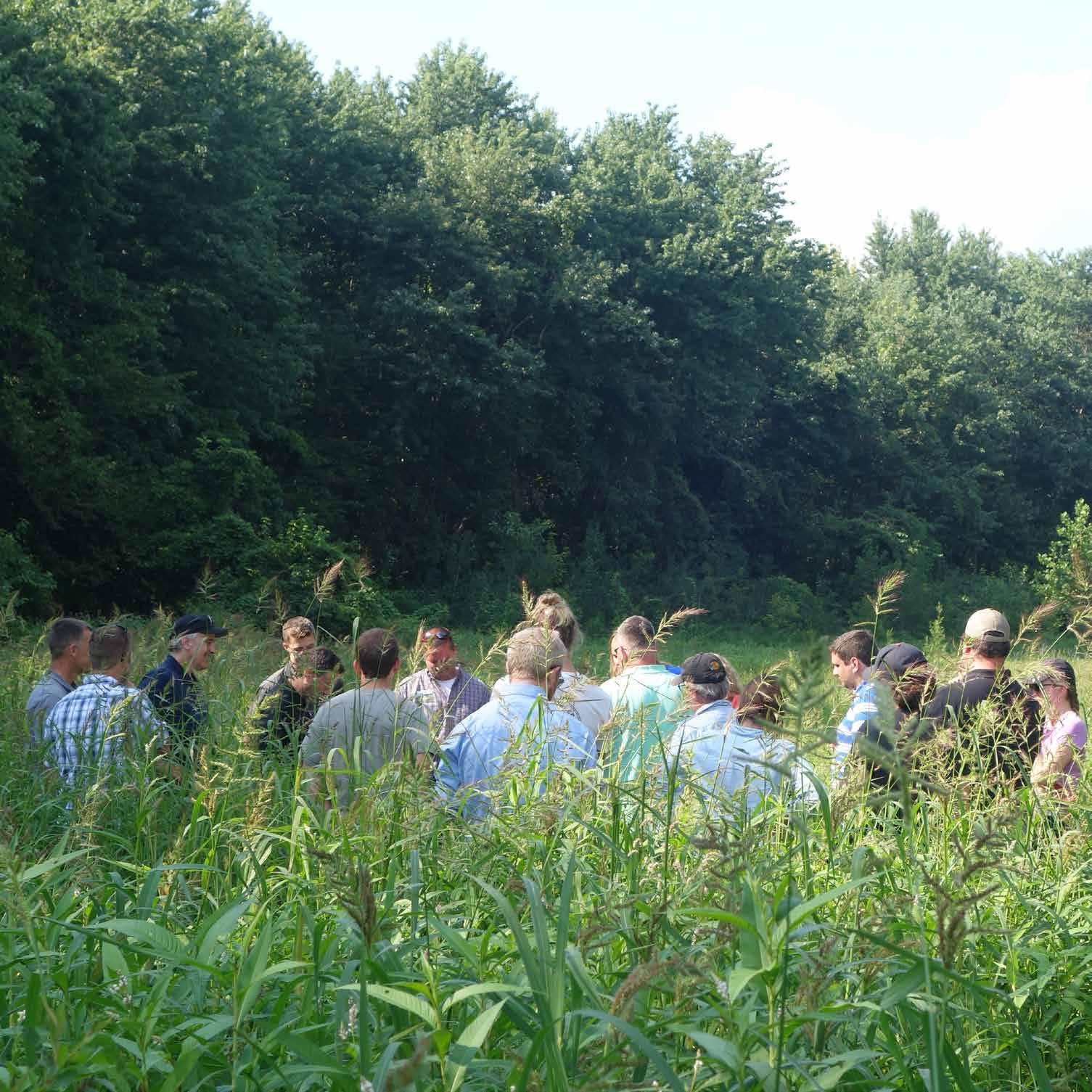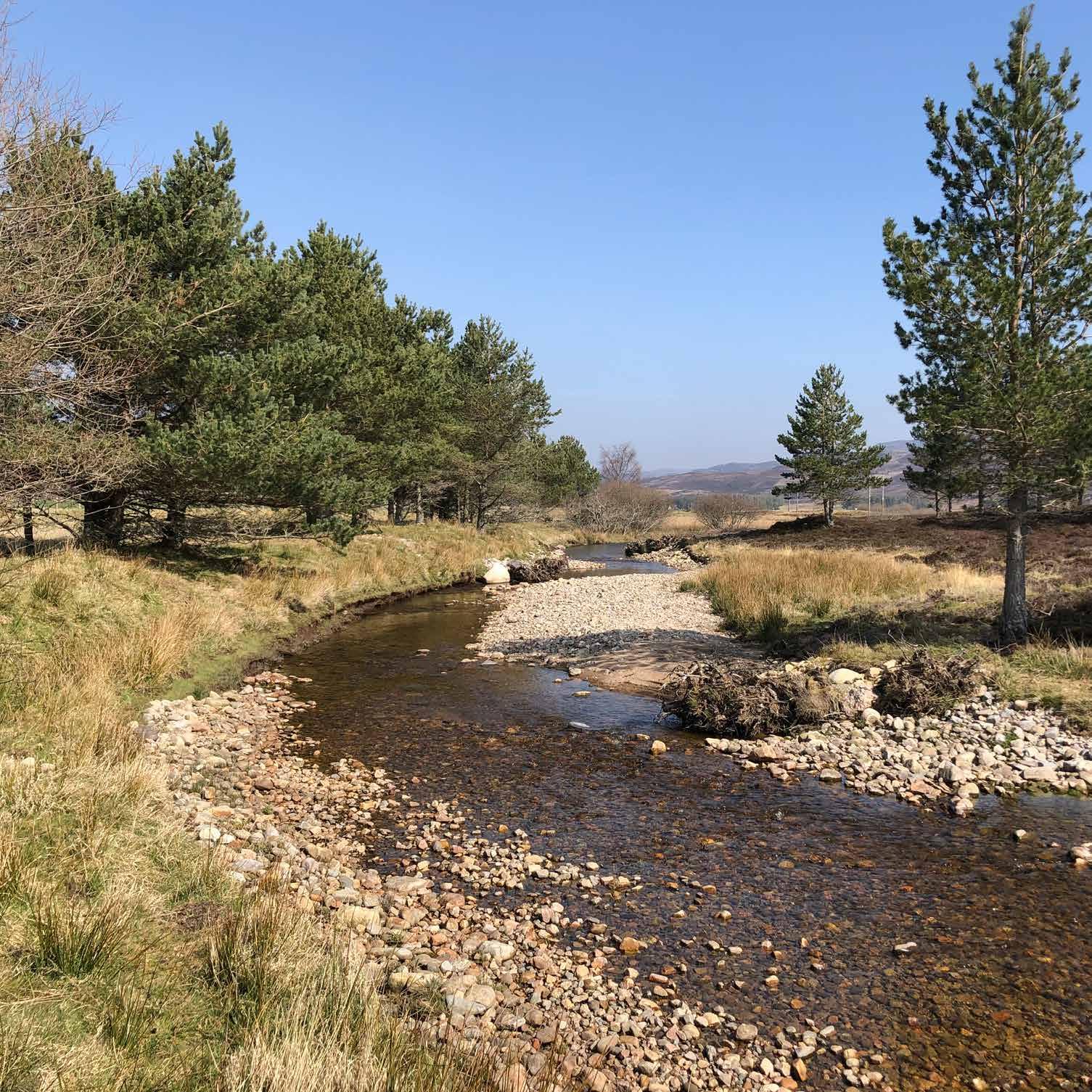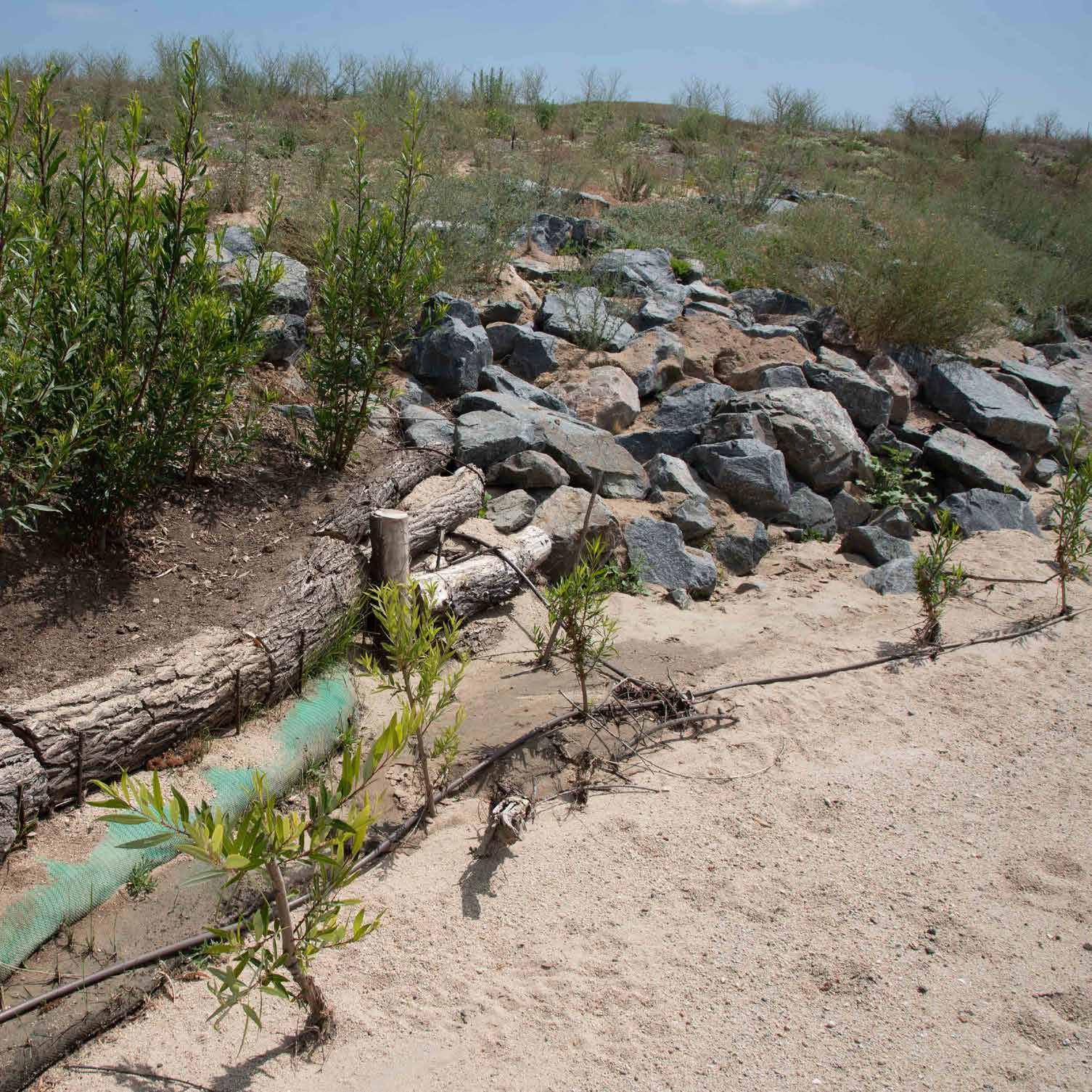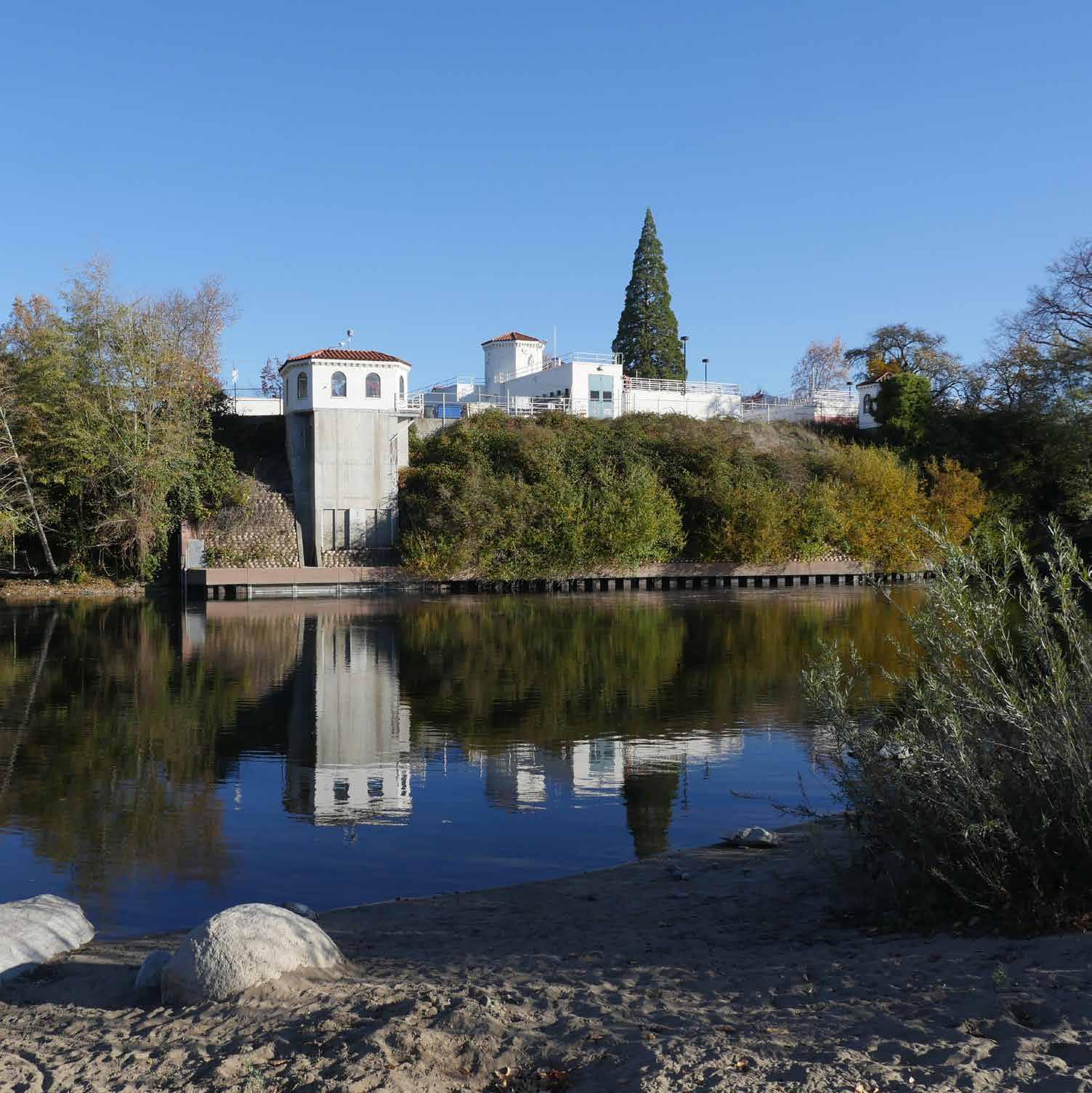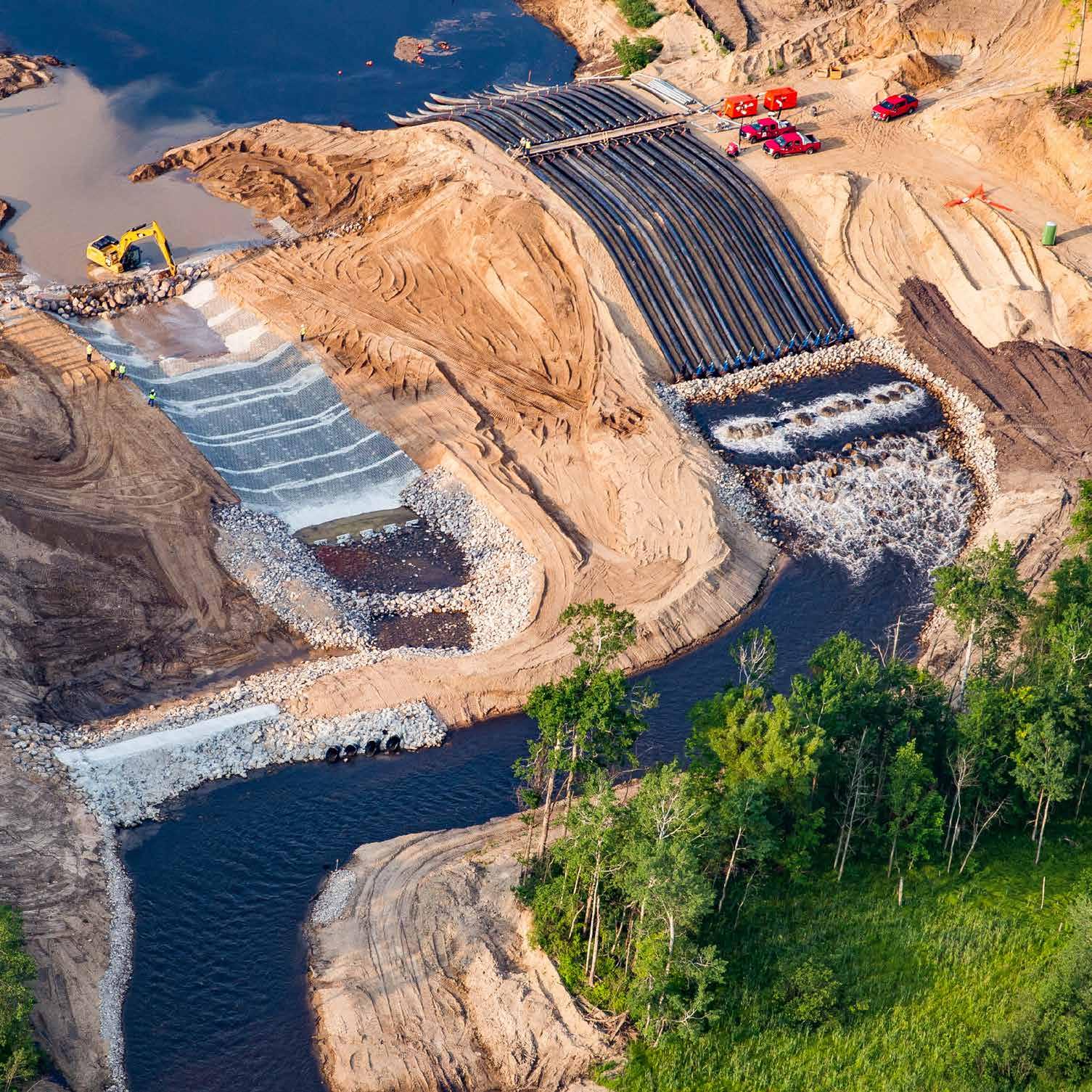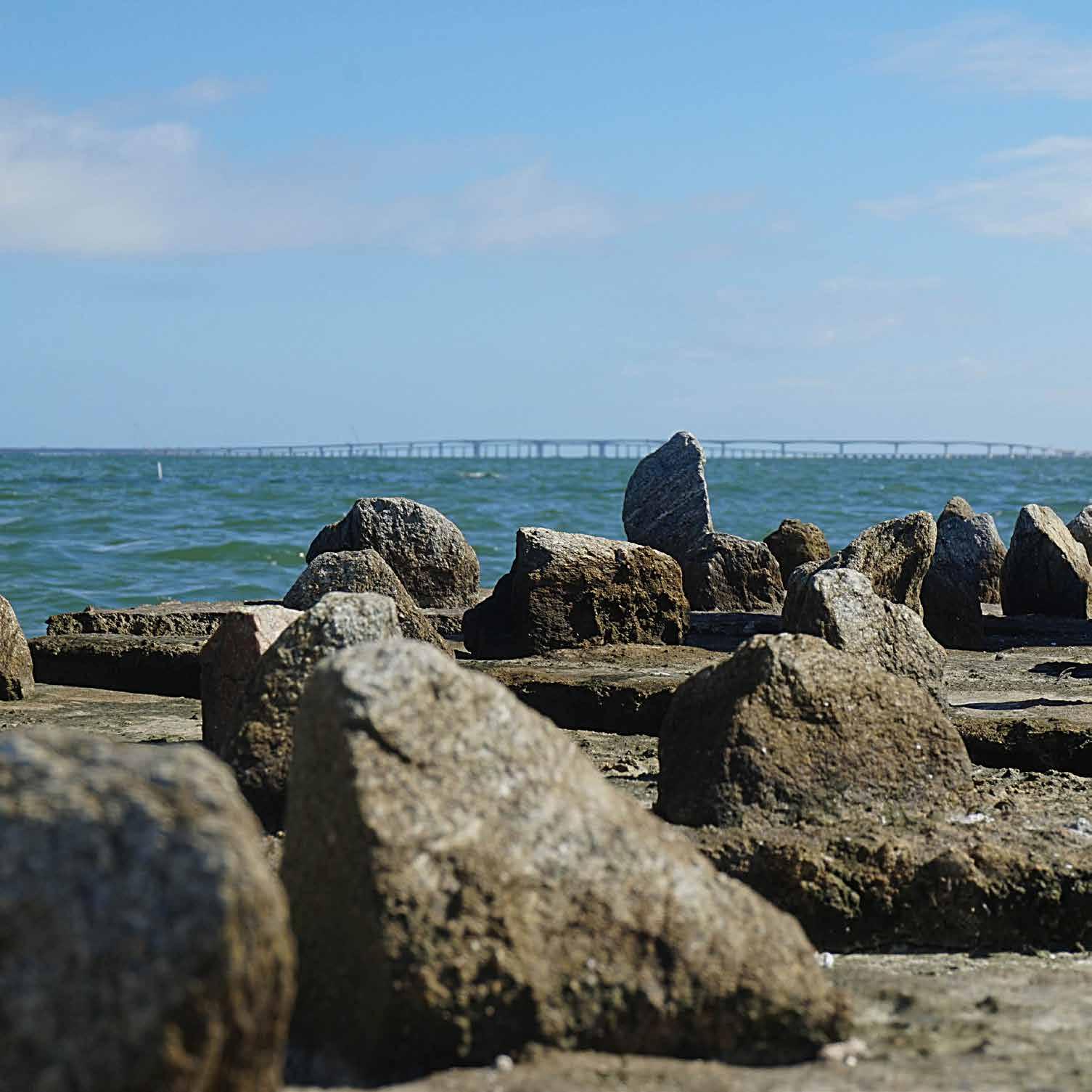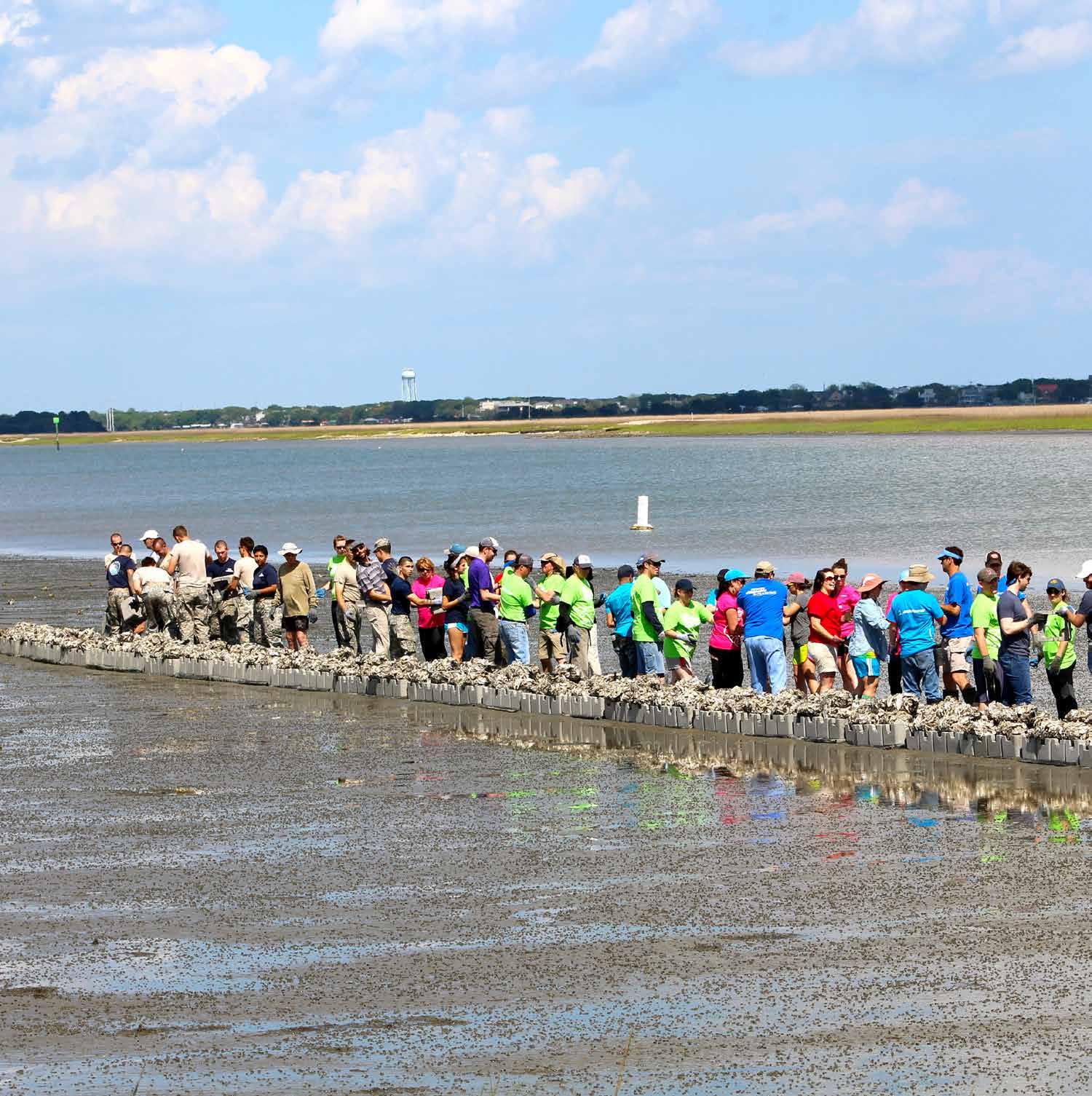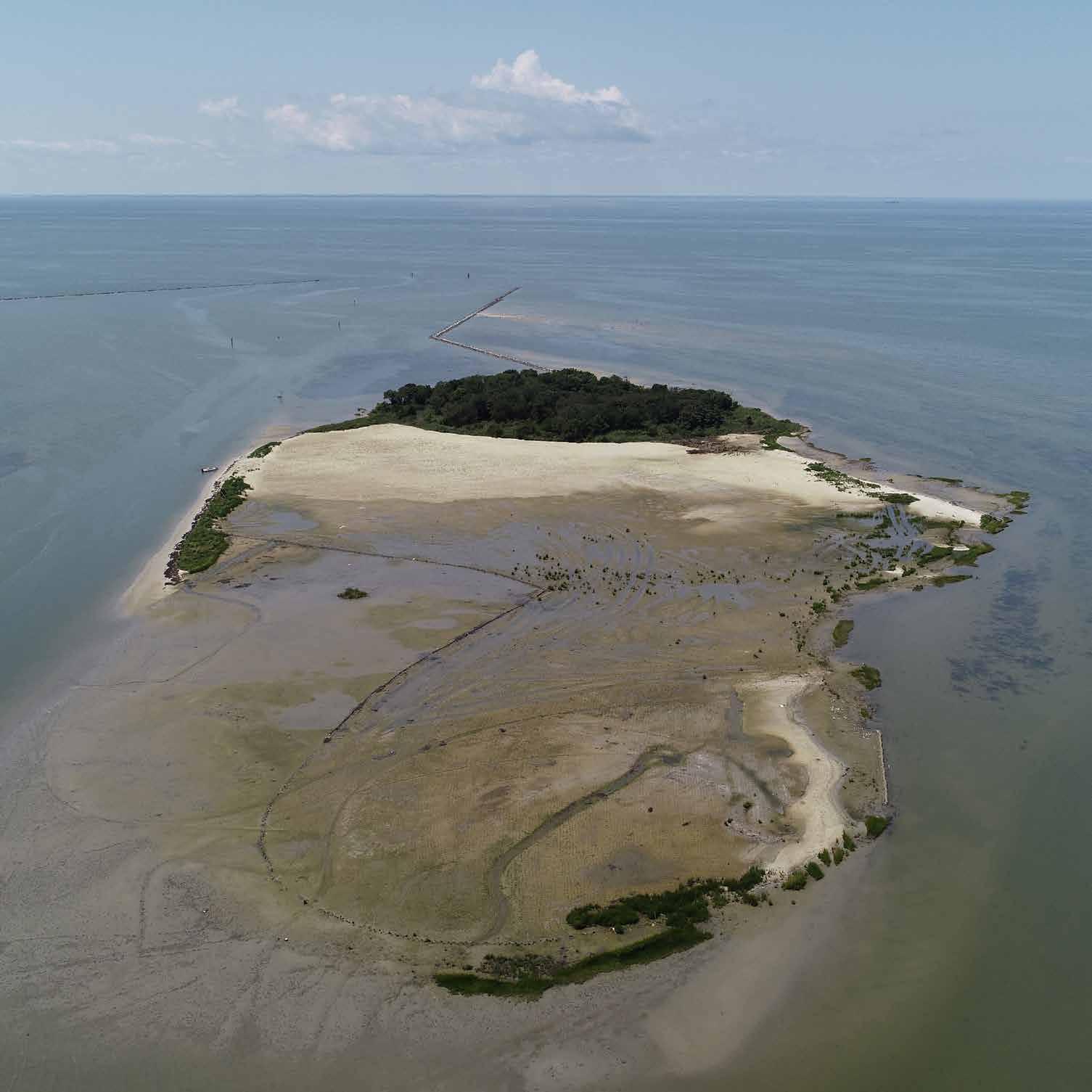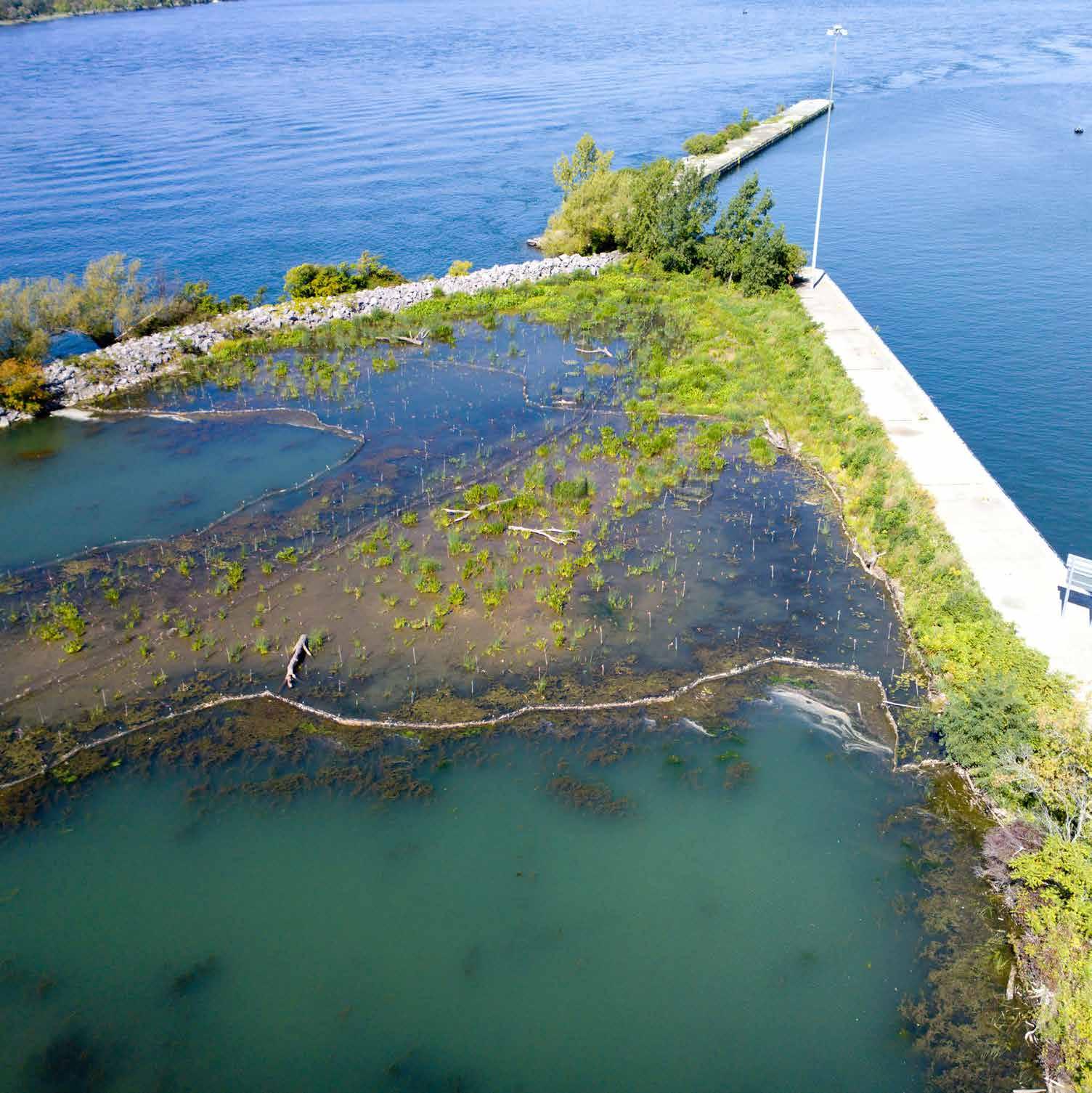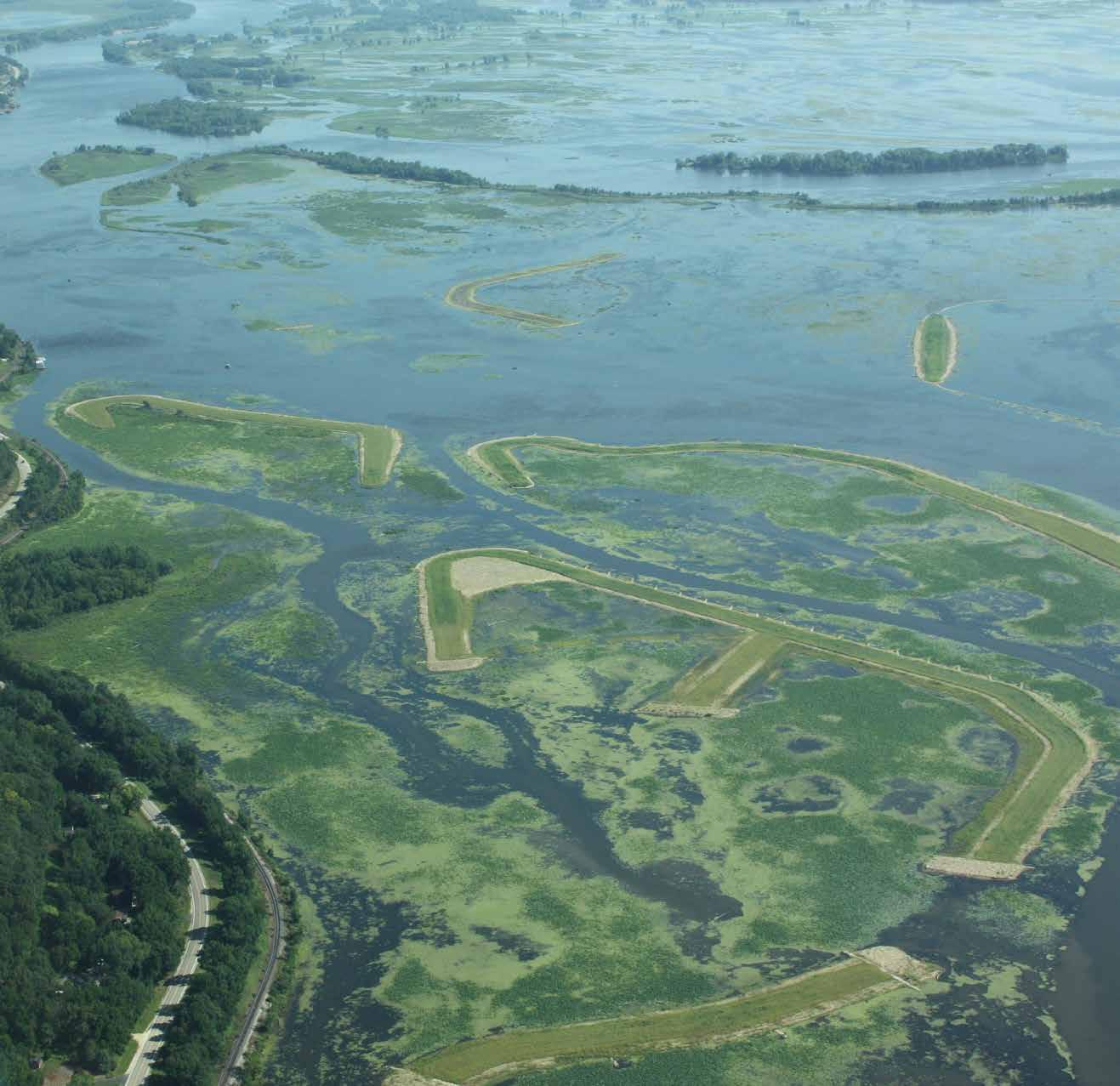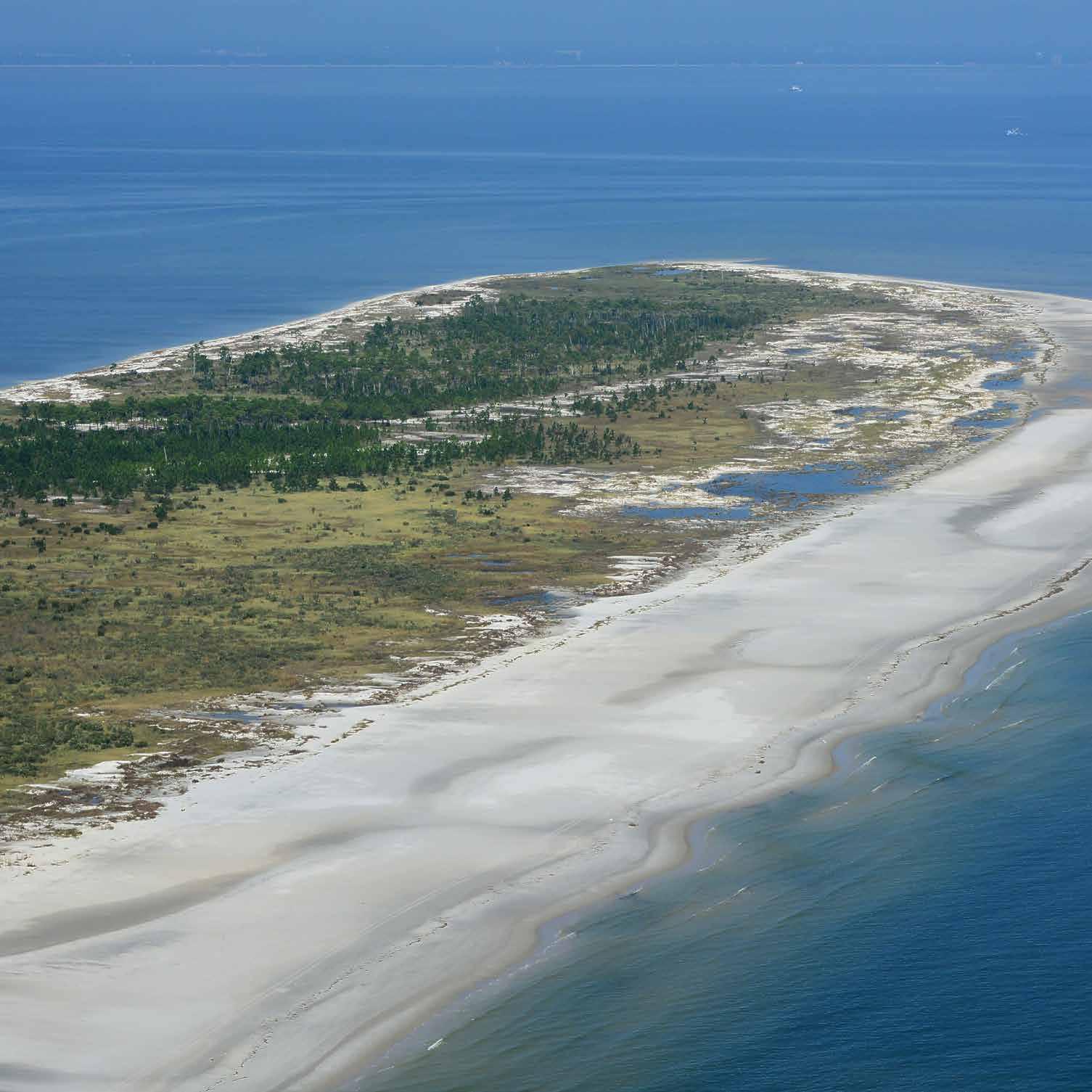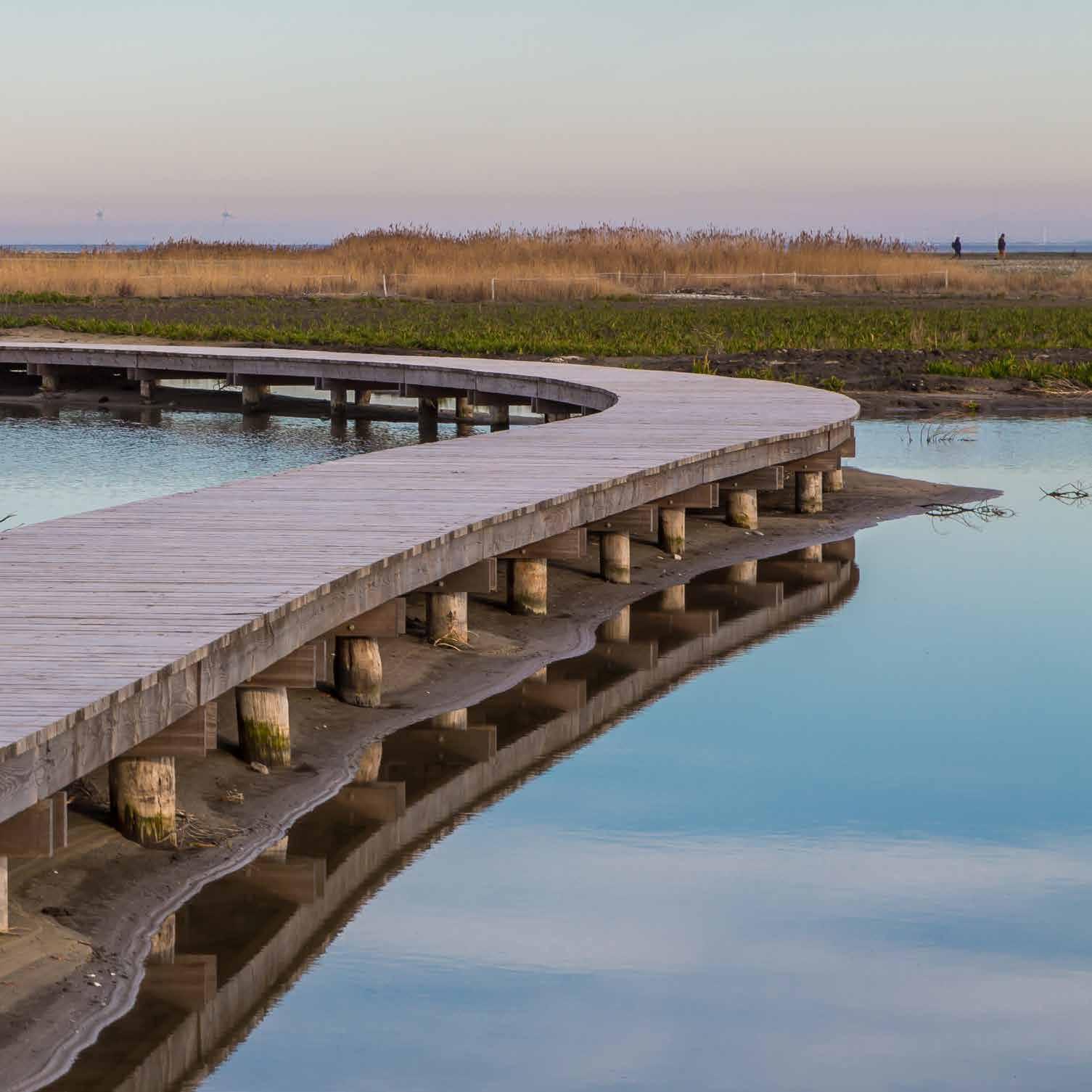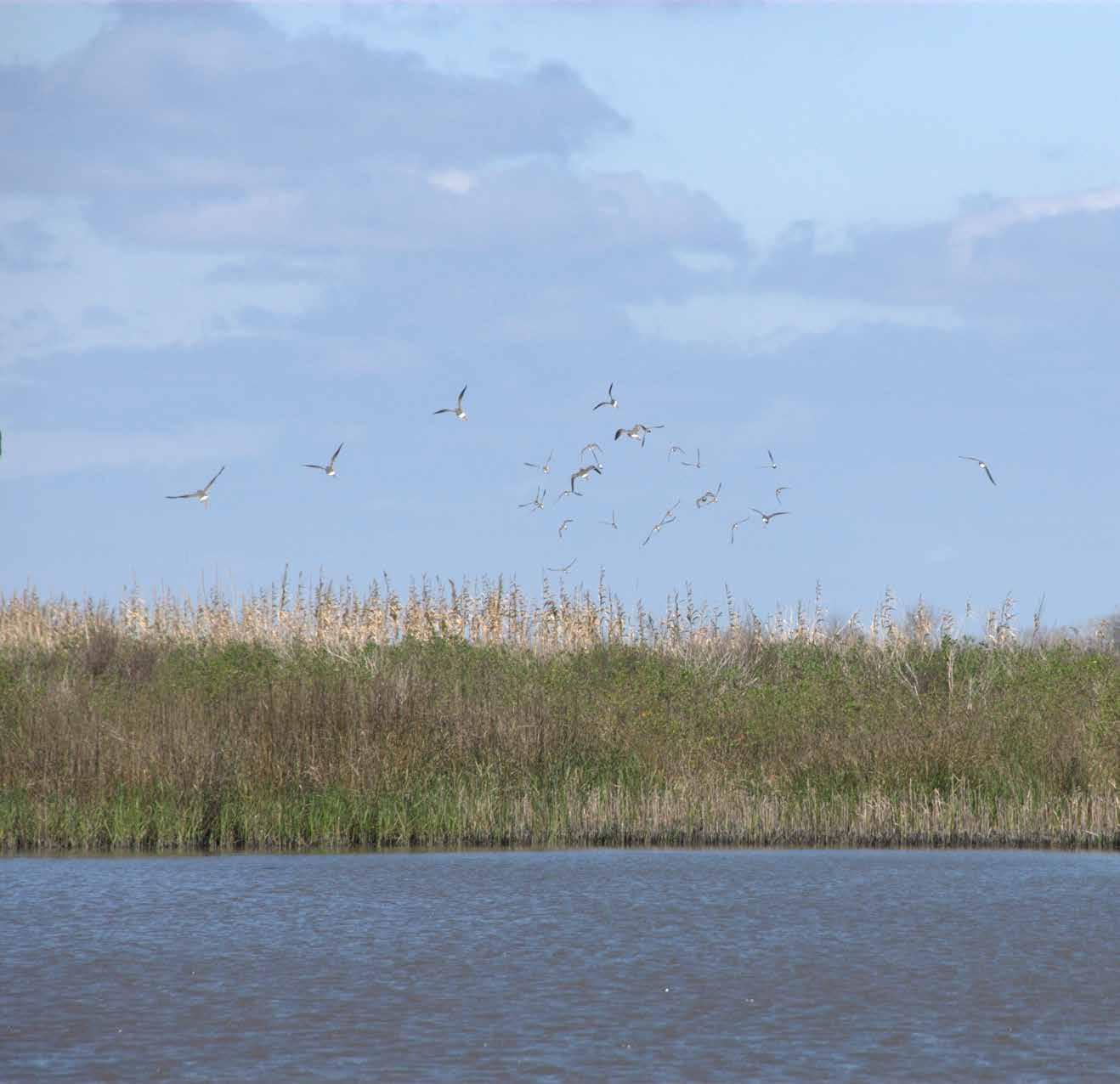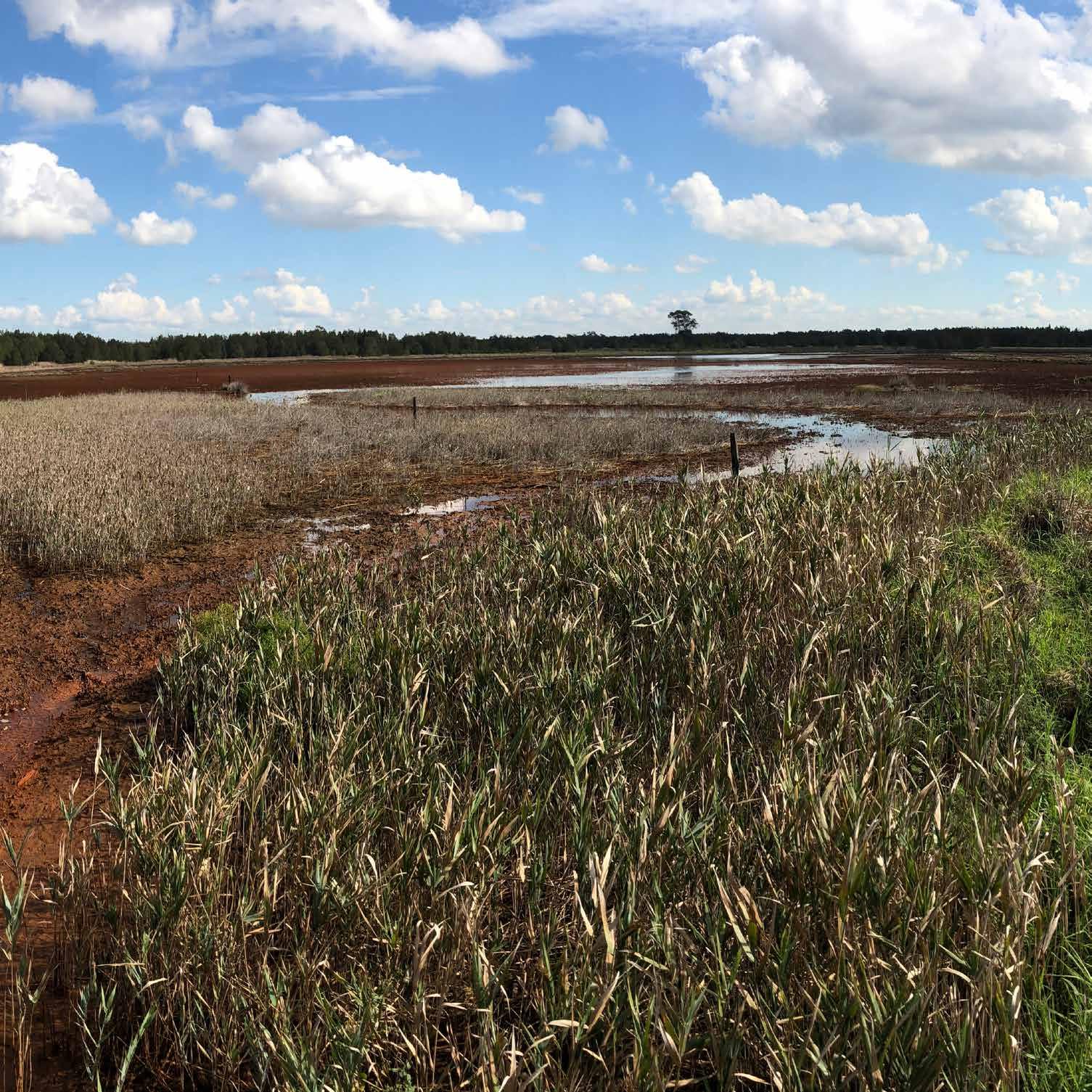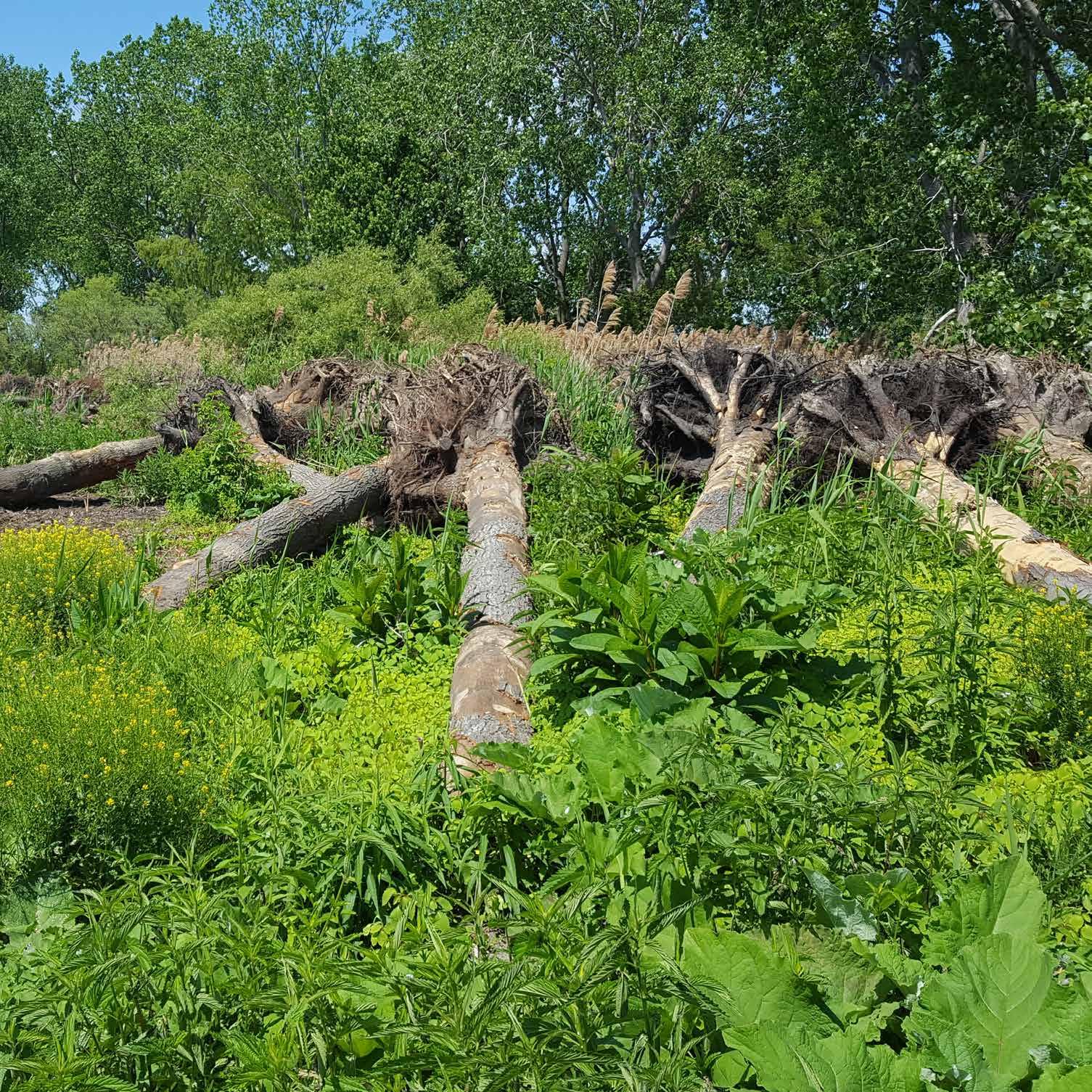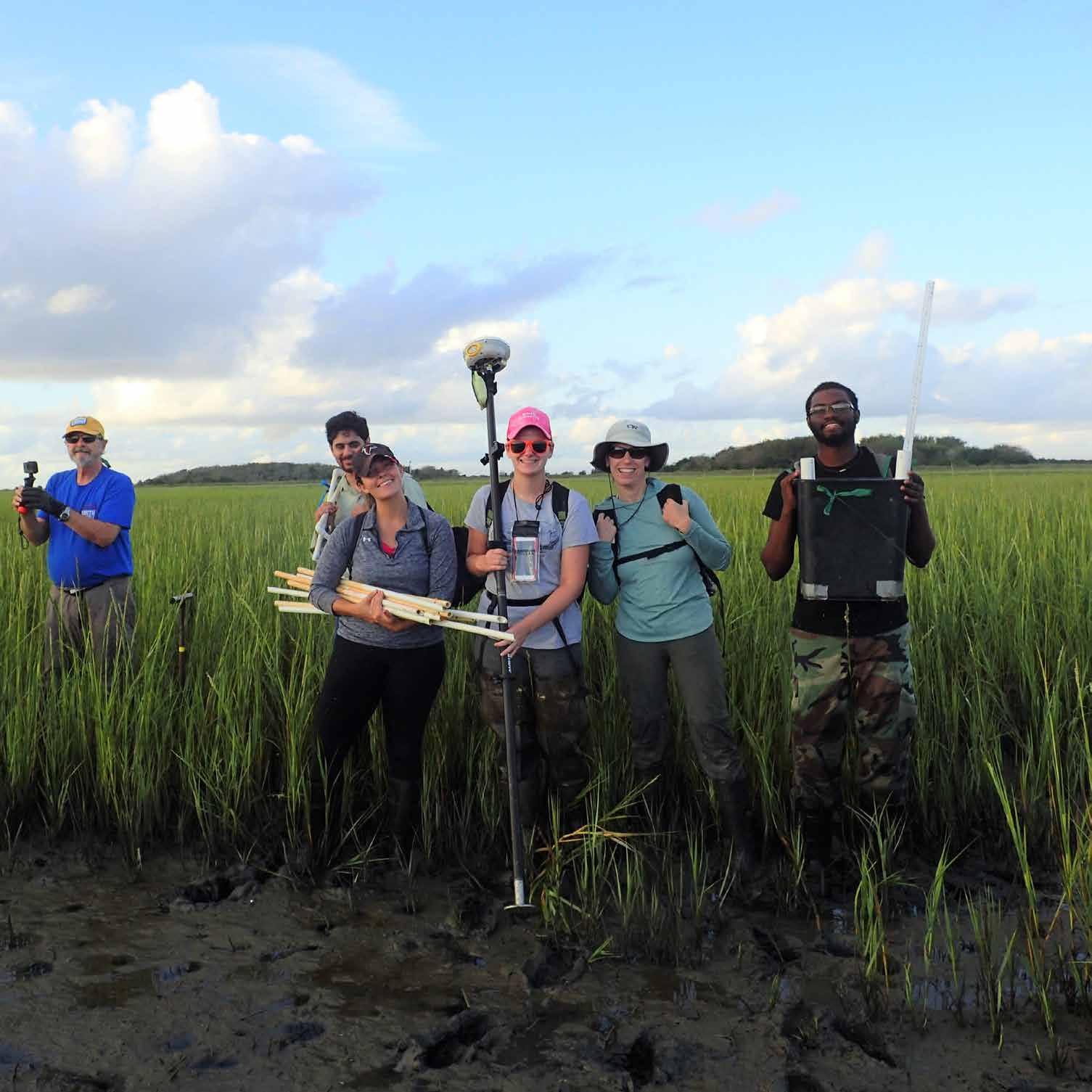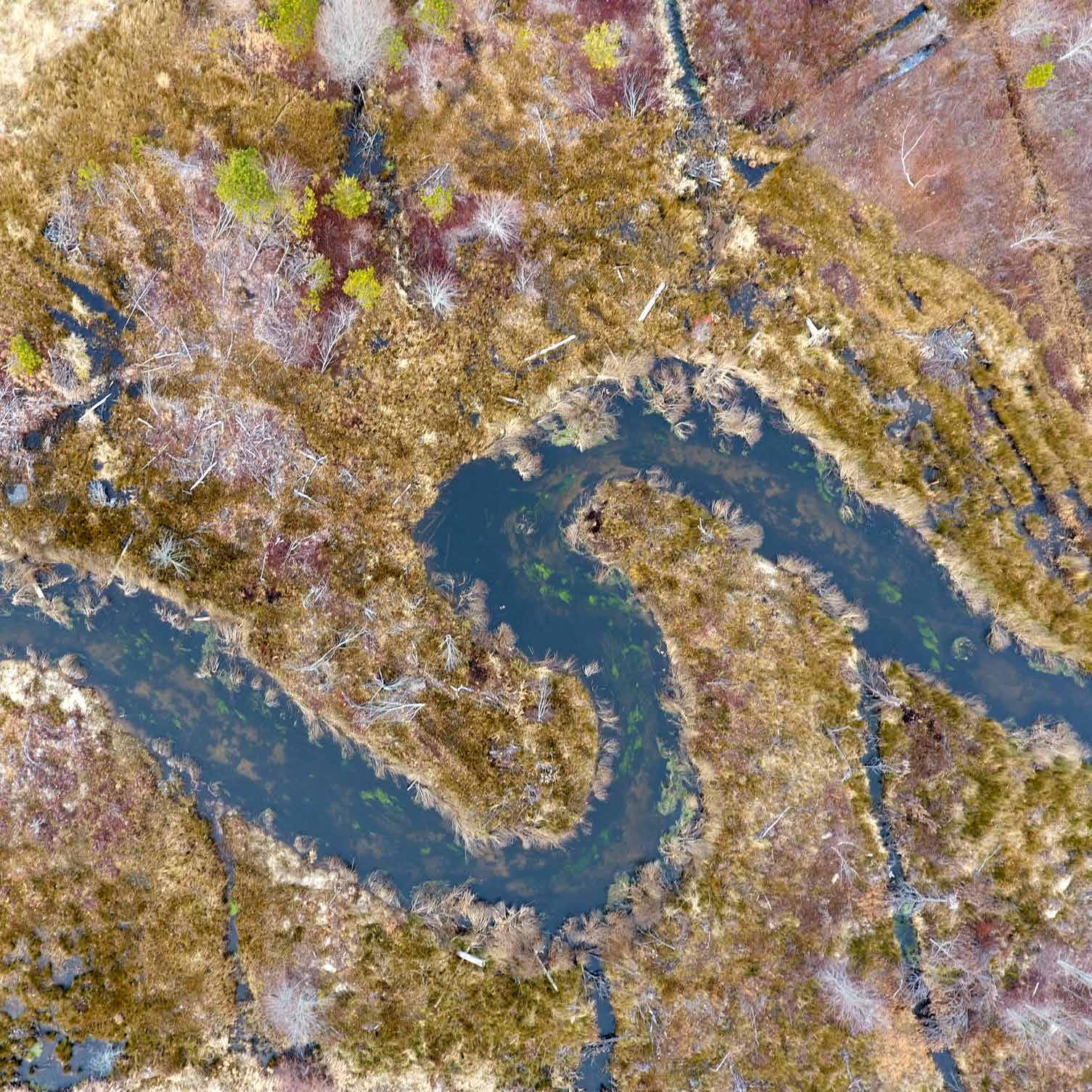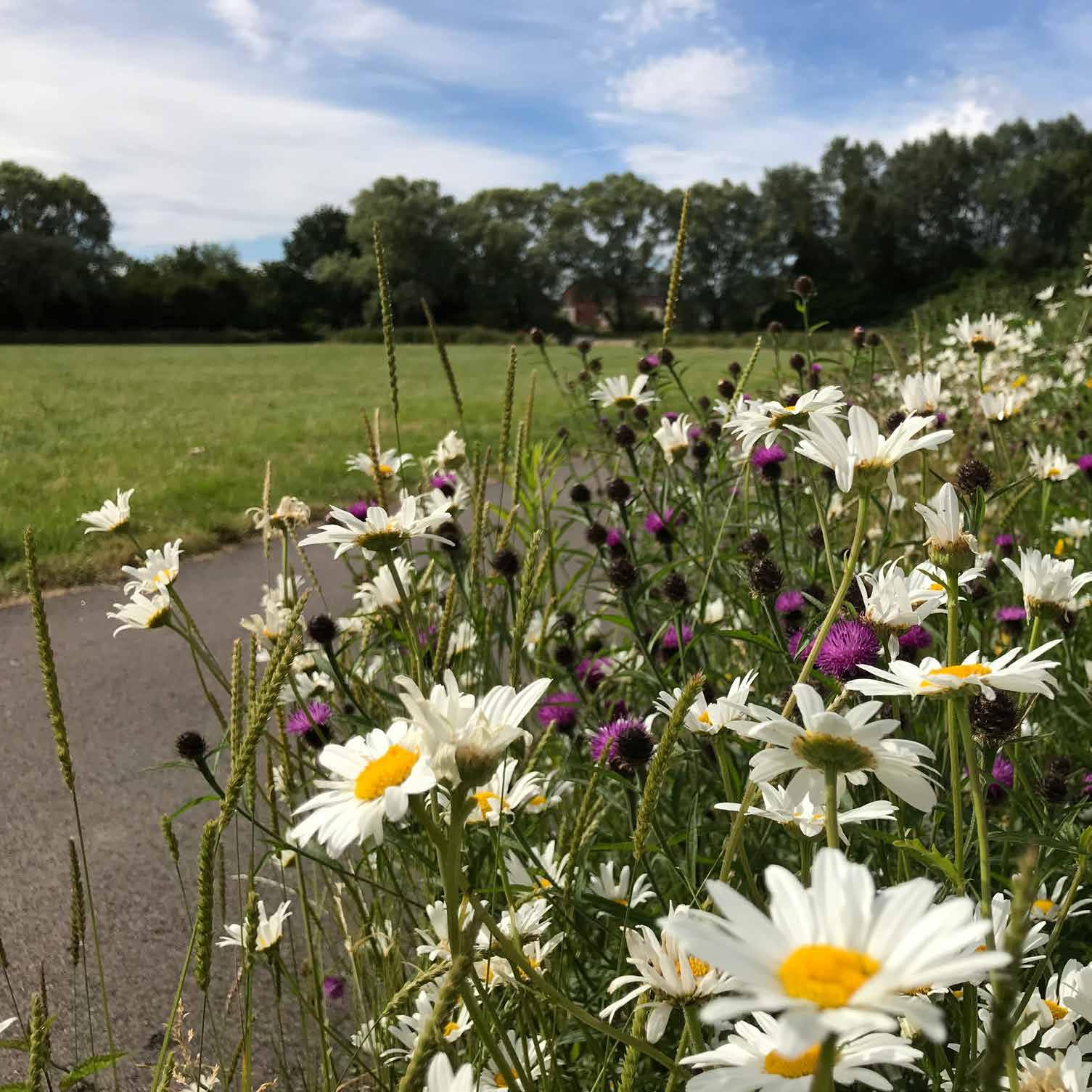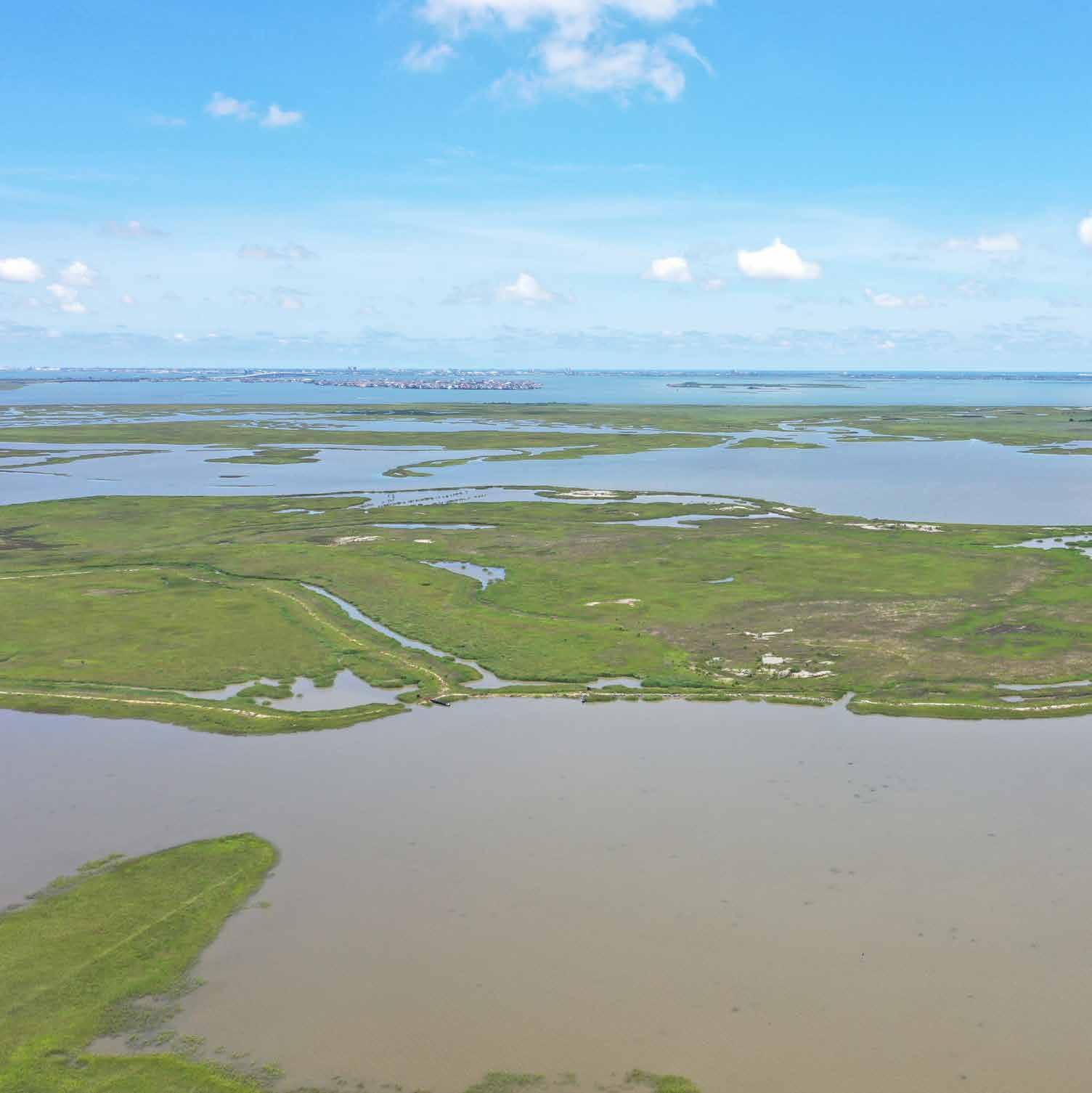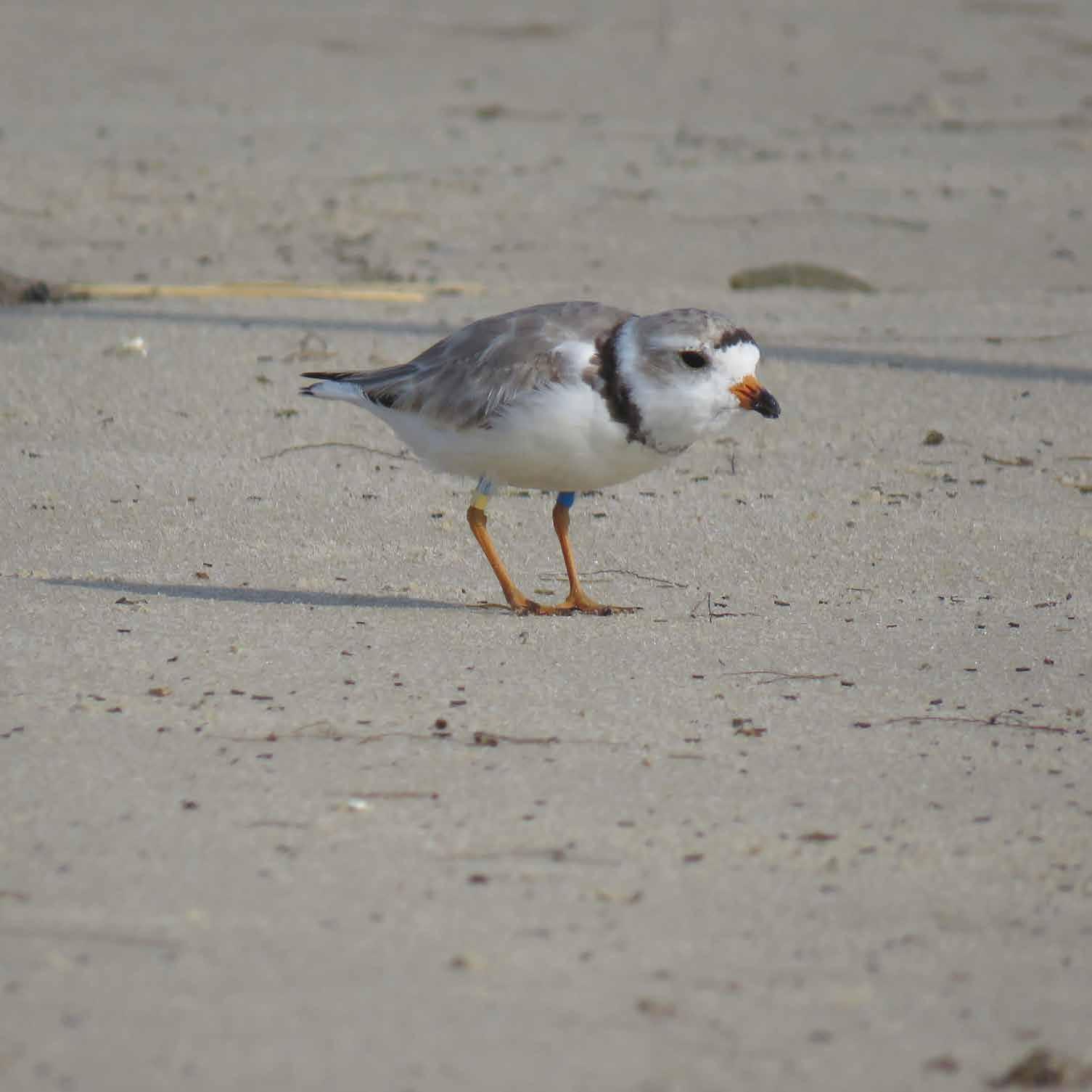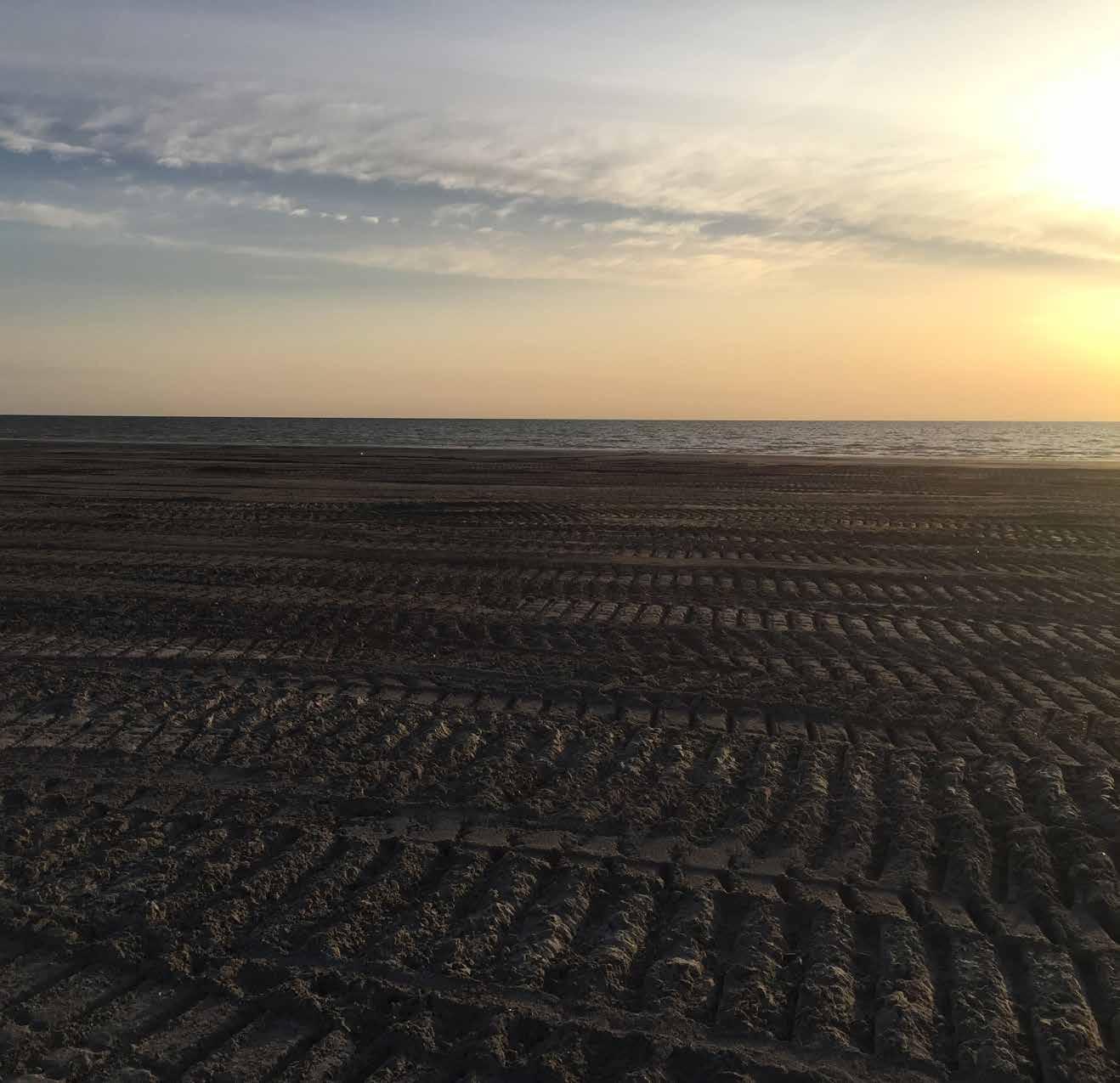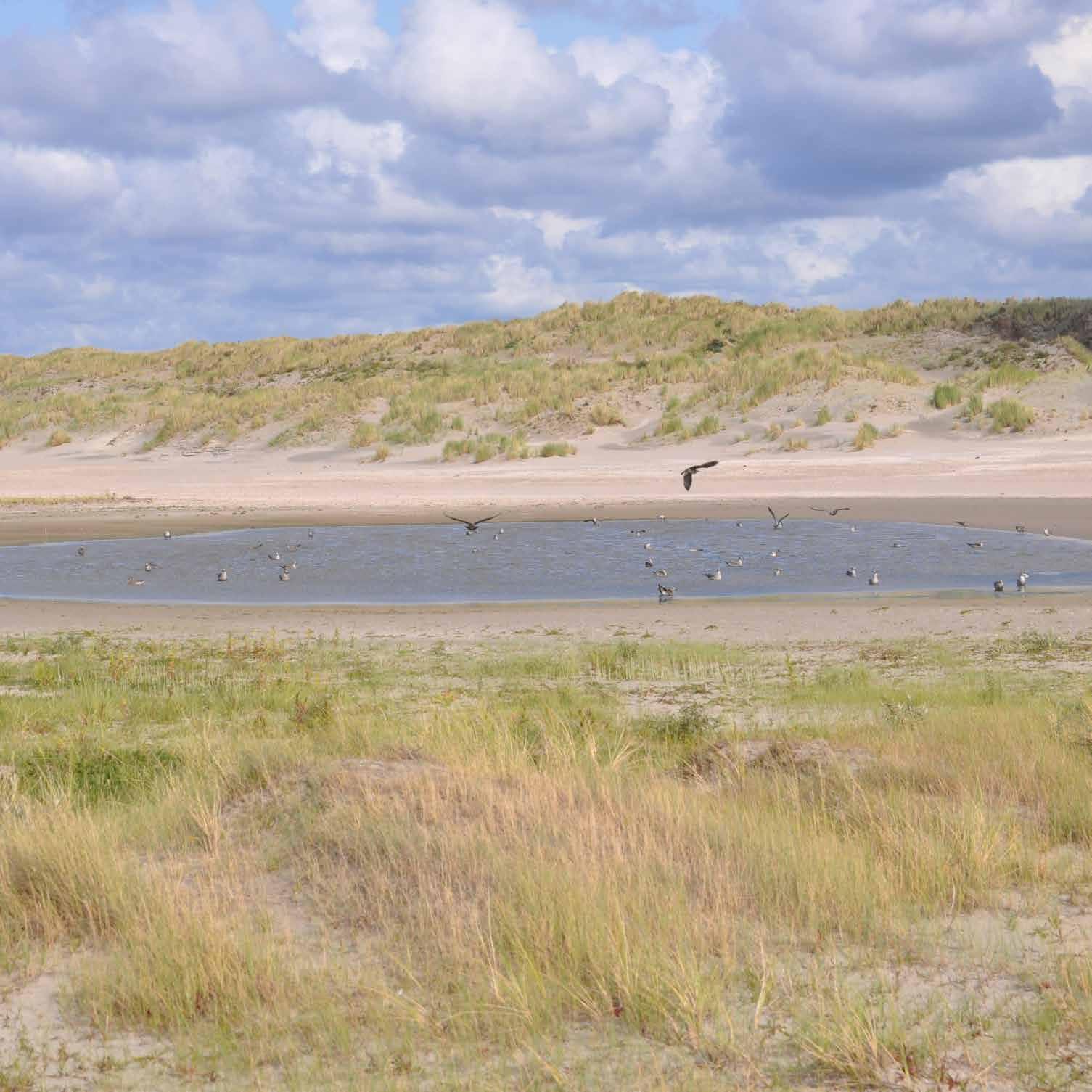Environmental Enhancement of Infrastructure
Hartlepool Headland Coastal Protection Hartlepool, England, United Kingdom
Placing rock features strategically for complex habitats. Hartlepool, an internationally important site for waterbirds, is the site of the first known engineering project that used passive ecological enhancement techniques on a rock revetment. The project combined passive and active multiscale ecological enhancements, such as careful positioning of the rocks in the revetment construction and the use of textured form liners to cast the wall panels, both of which provided key habitats for intertidal prey species. Within just two years of project completion in 2018, the area has shown a significantly higher biodiversity. The project proves that simple, inexpensive methods with little change in cost or procedure will improve ecological outcomes of hard engineering structures. The project now serves as an example for the Environment Agency’s replacement coastal engineering scheme based in Elmer, England, which uses optimal rock types, the positioning of natural features, and the selection and positioning of rocks with quarrying features such as blastlines and blastholes to mimic natural habitats. These methods increase the local population of intertidal species such as limpets (Patella vulgata)— and the oystercatchers (Haematopus ostralegus), redshanks (Tringa tetanus), turnstones (Arenaria), and red knots (Calidris canutus) that feed on them.
268














